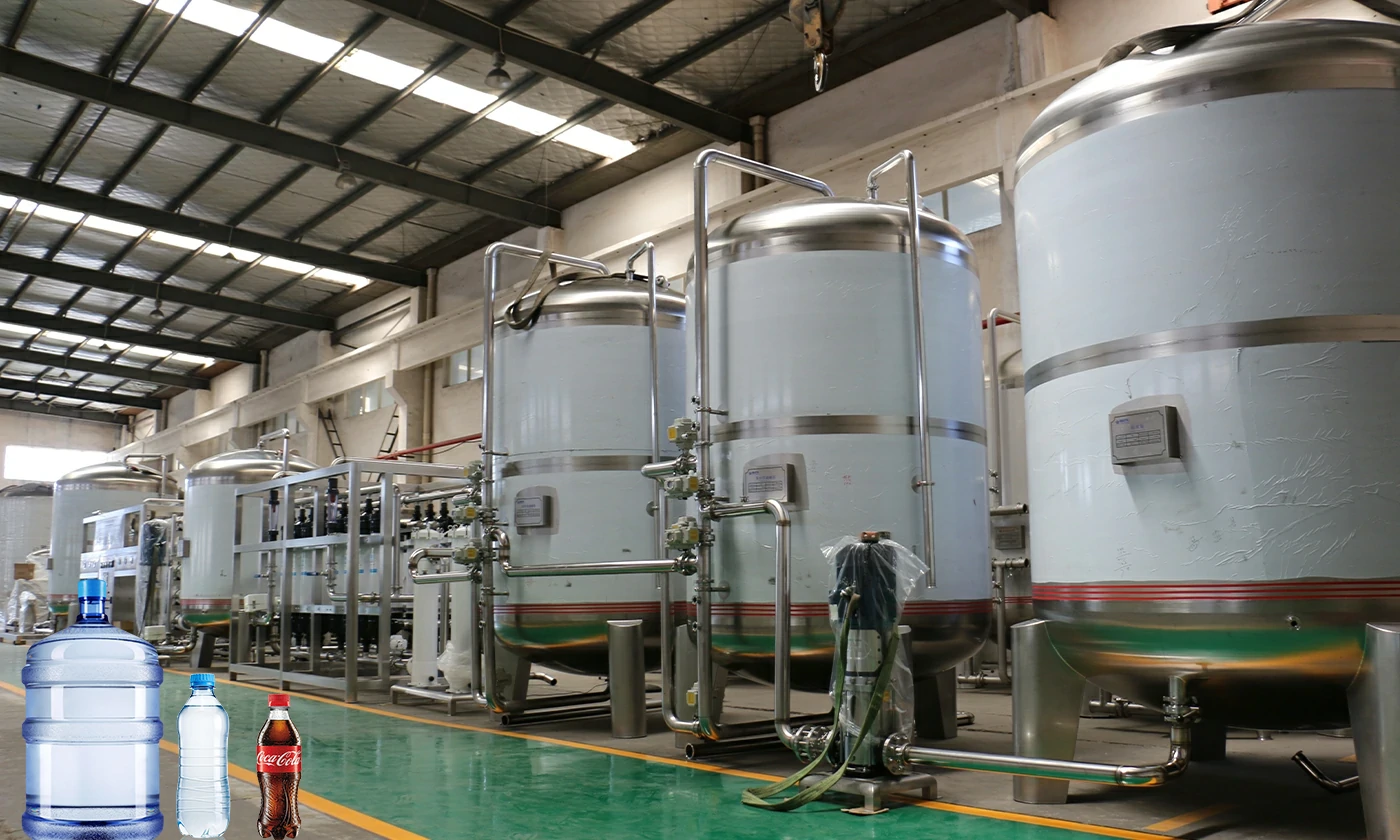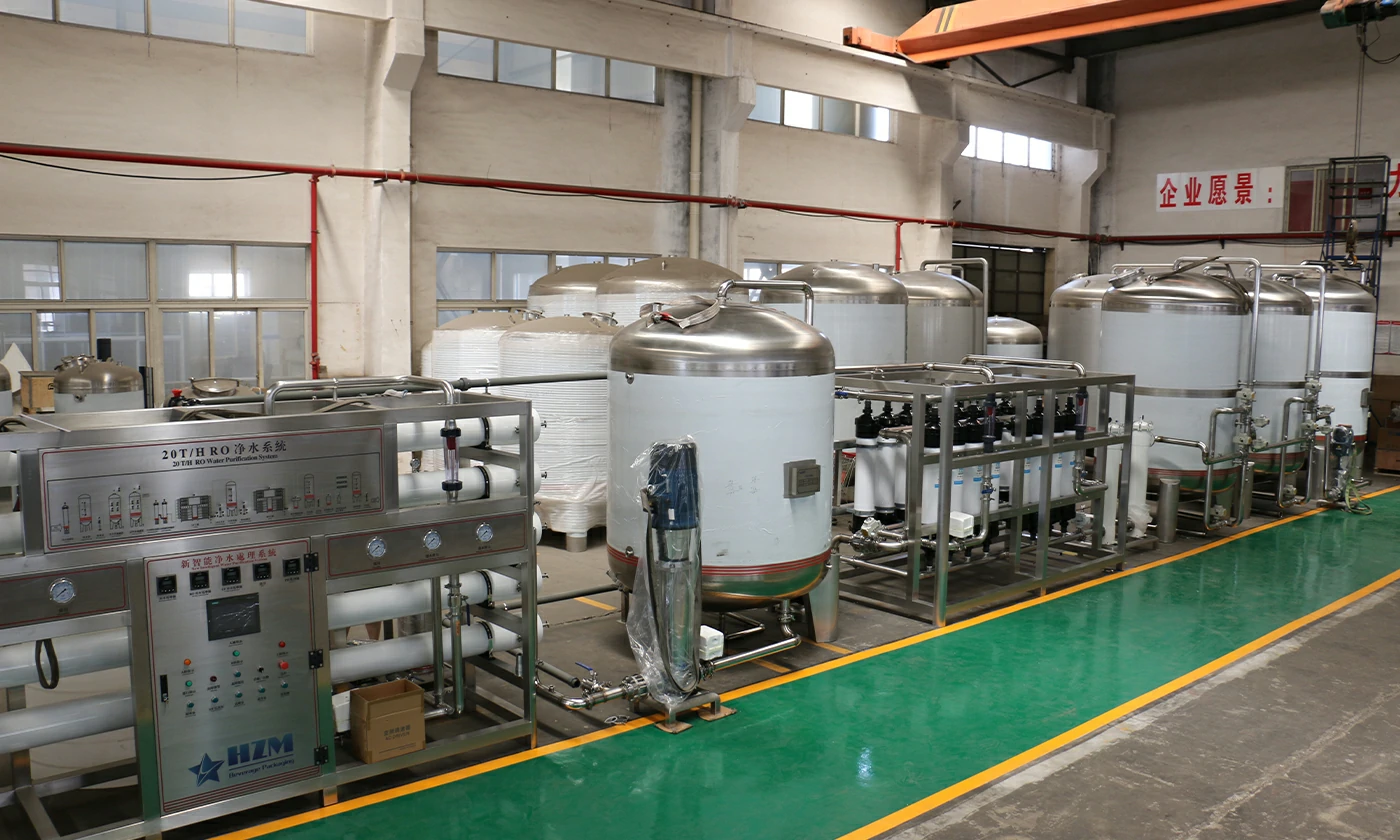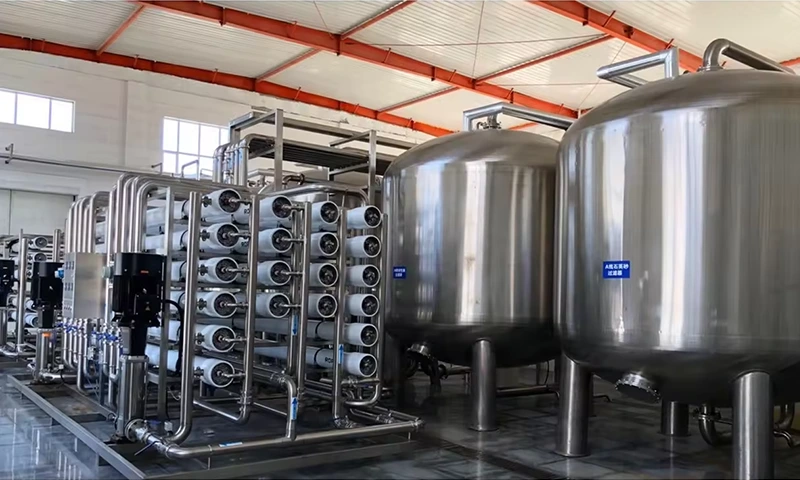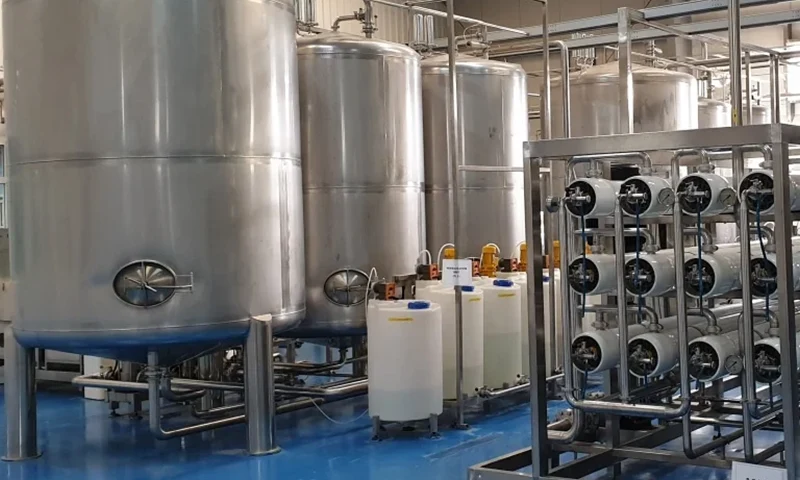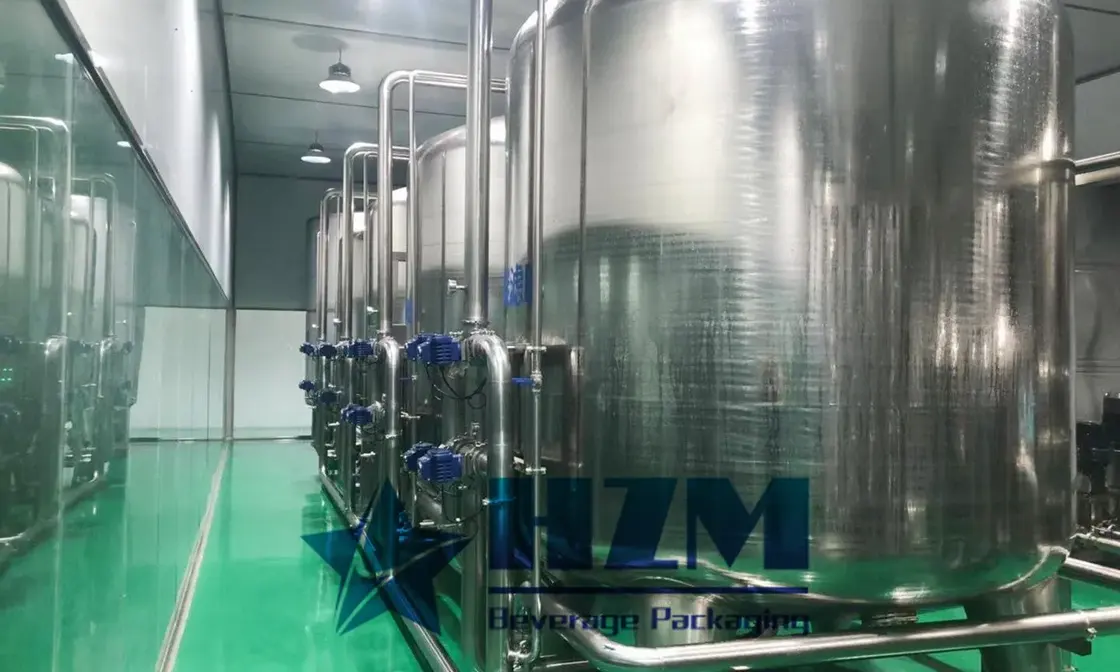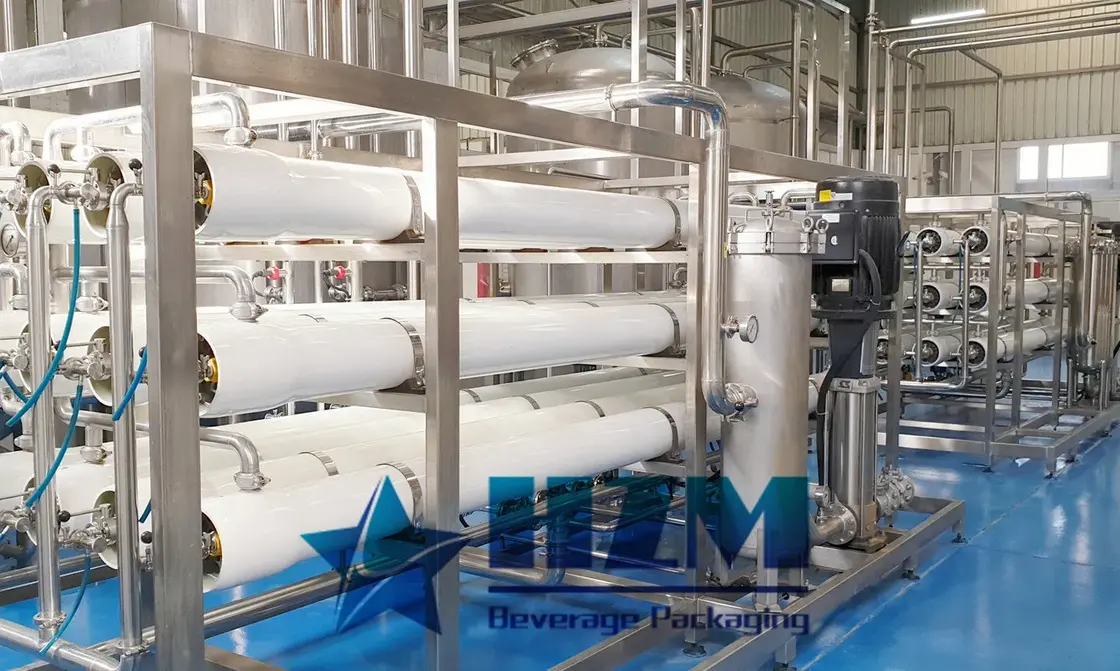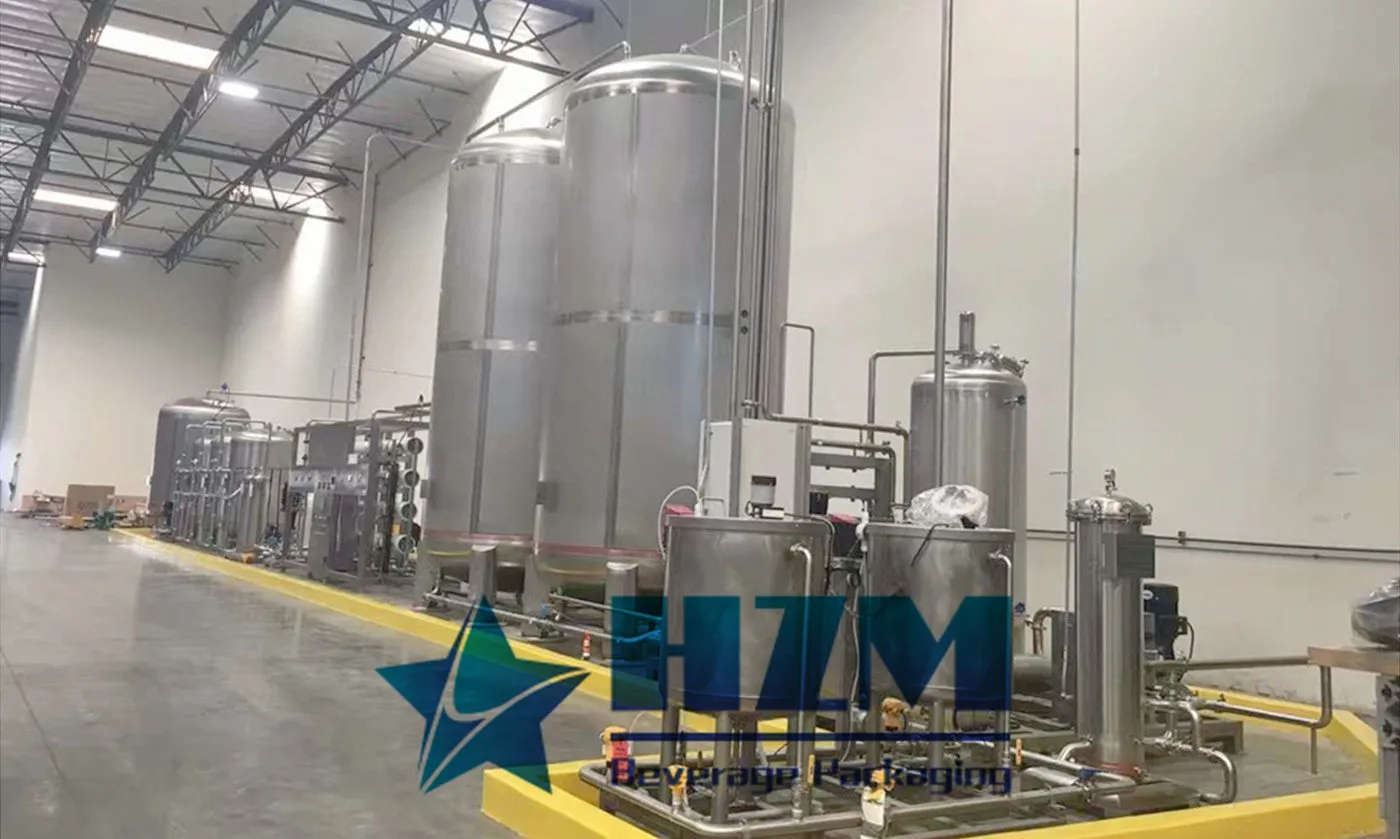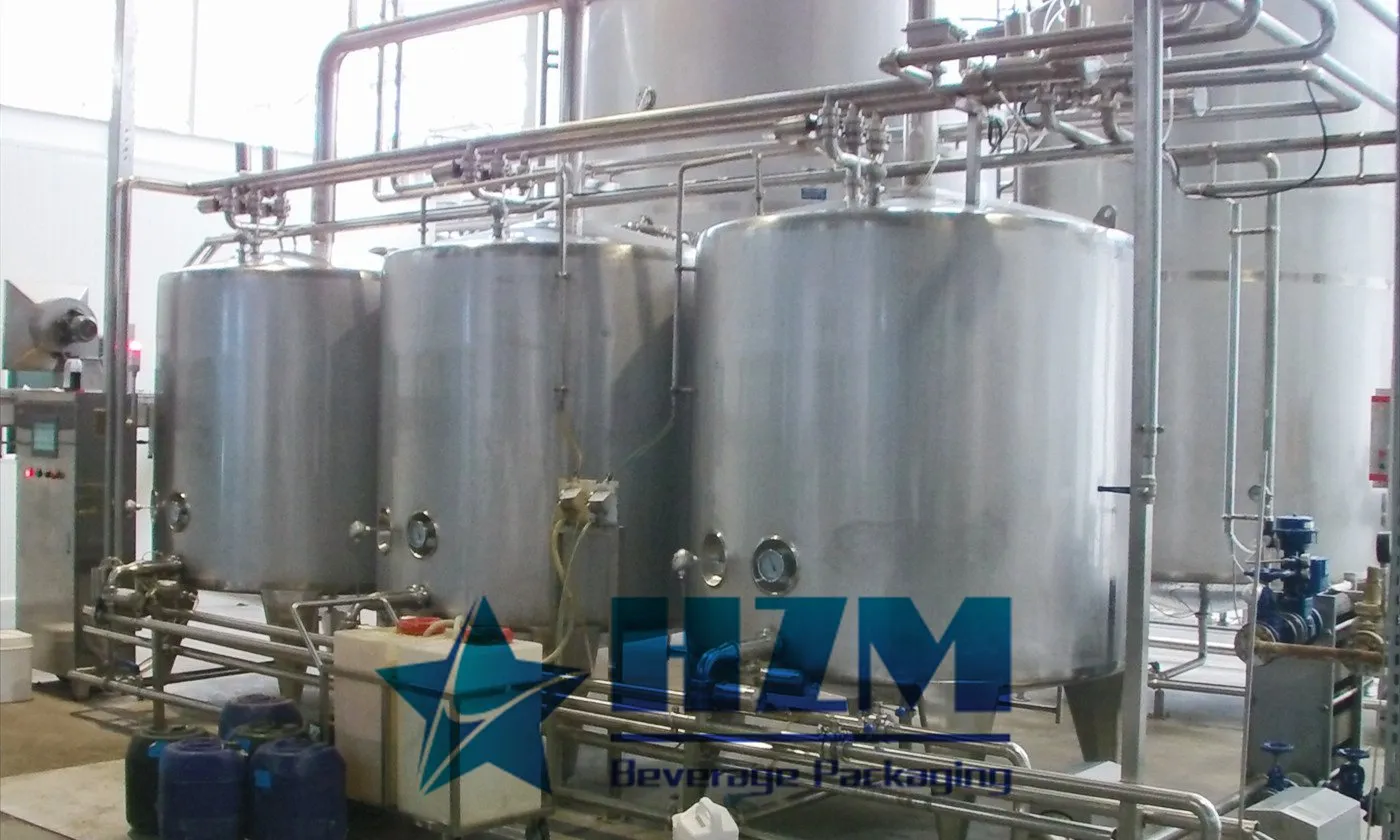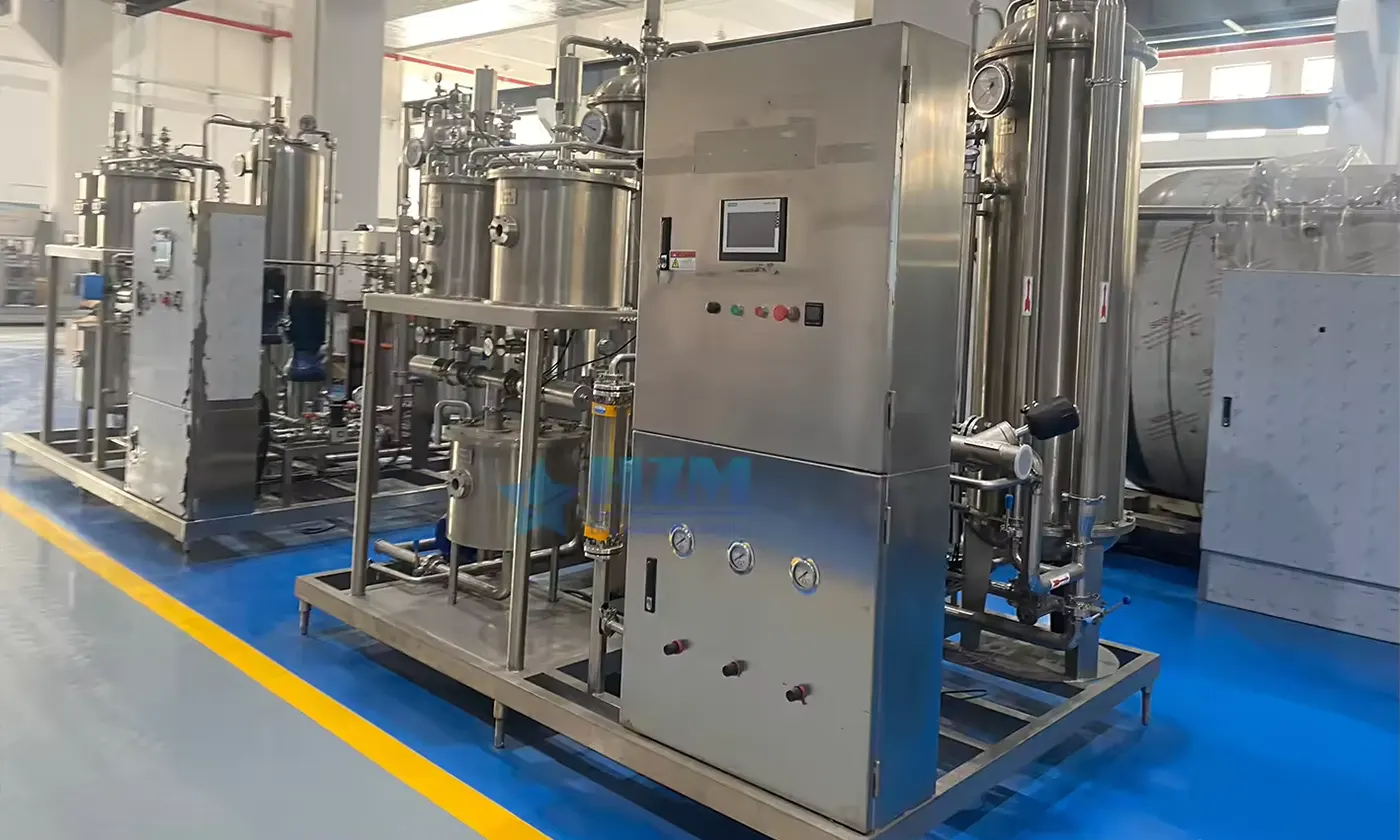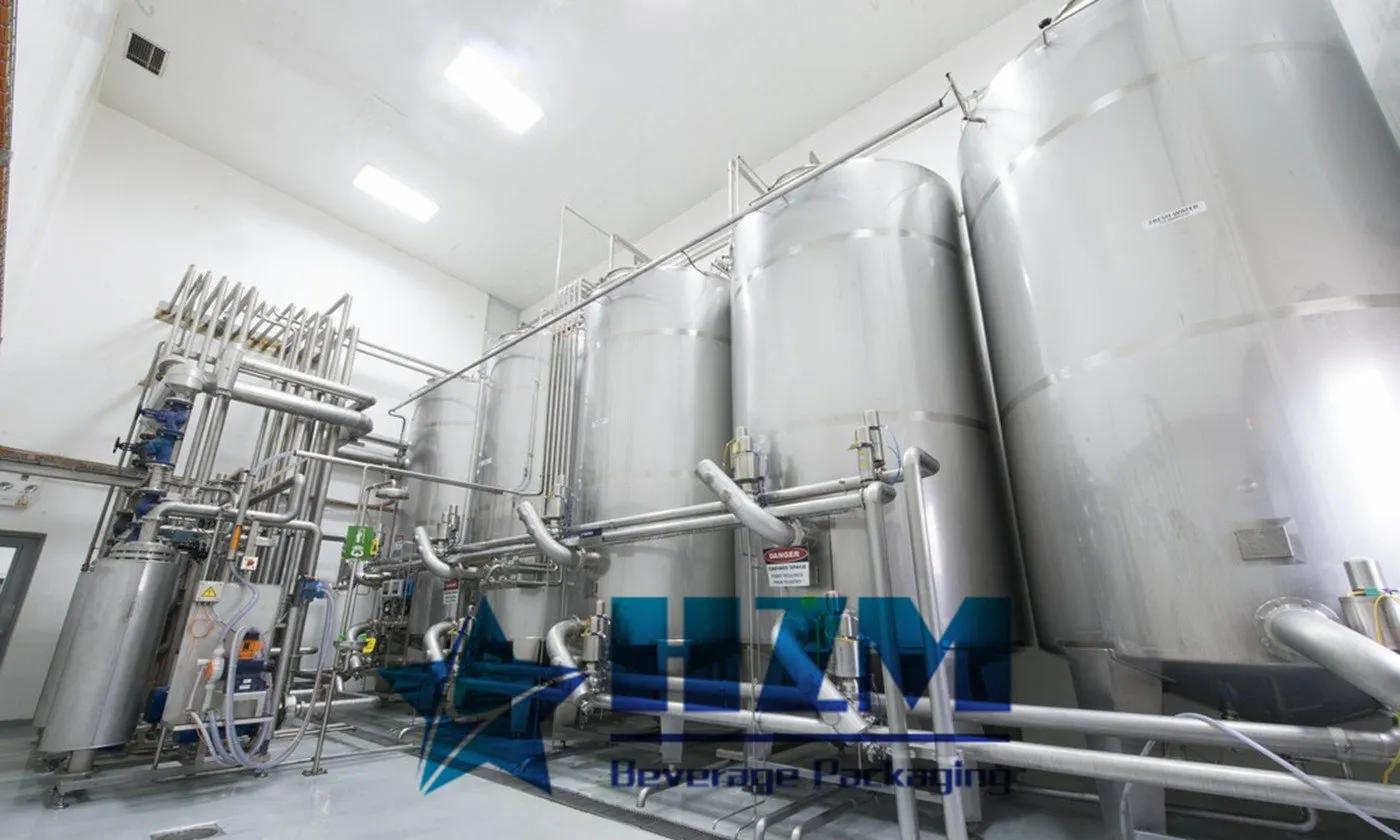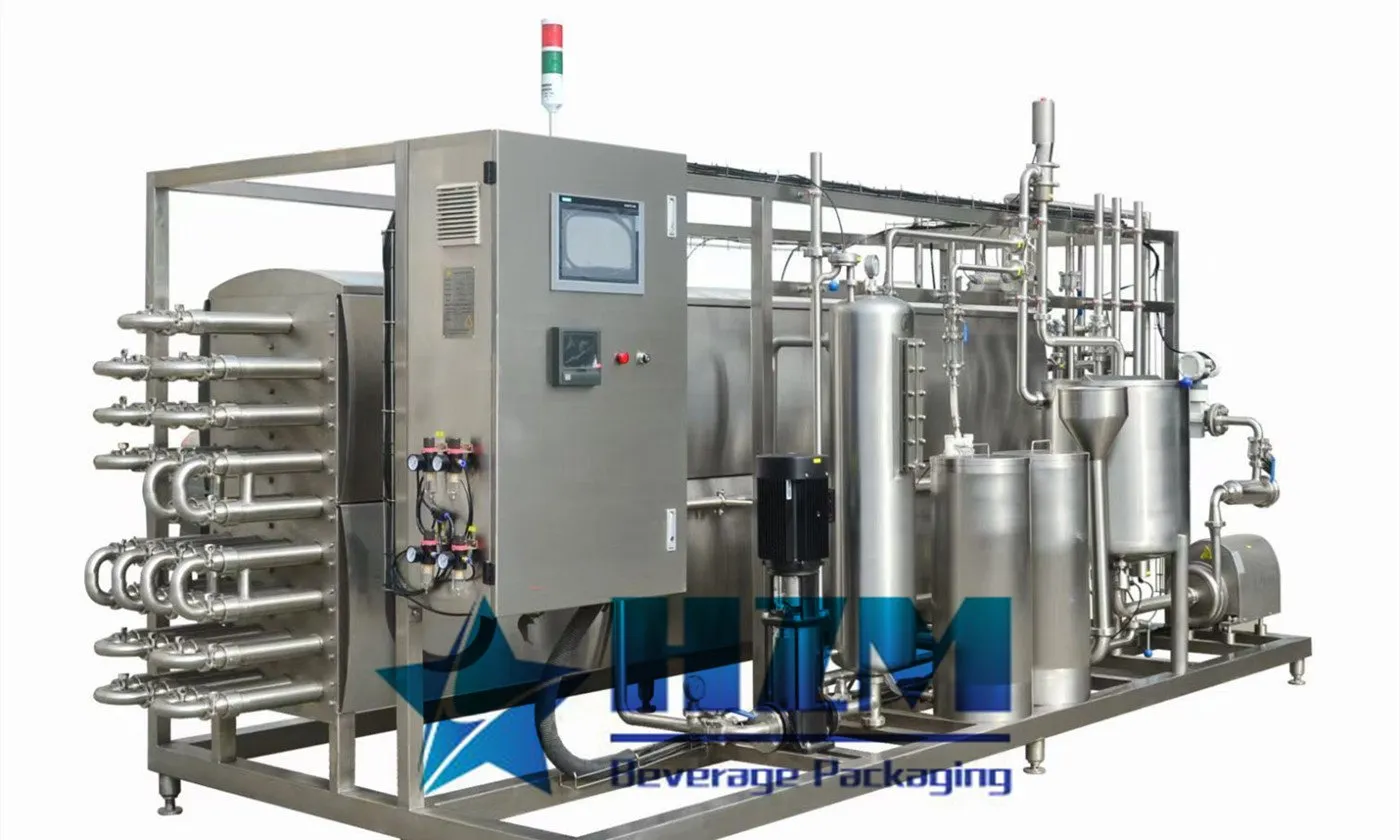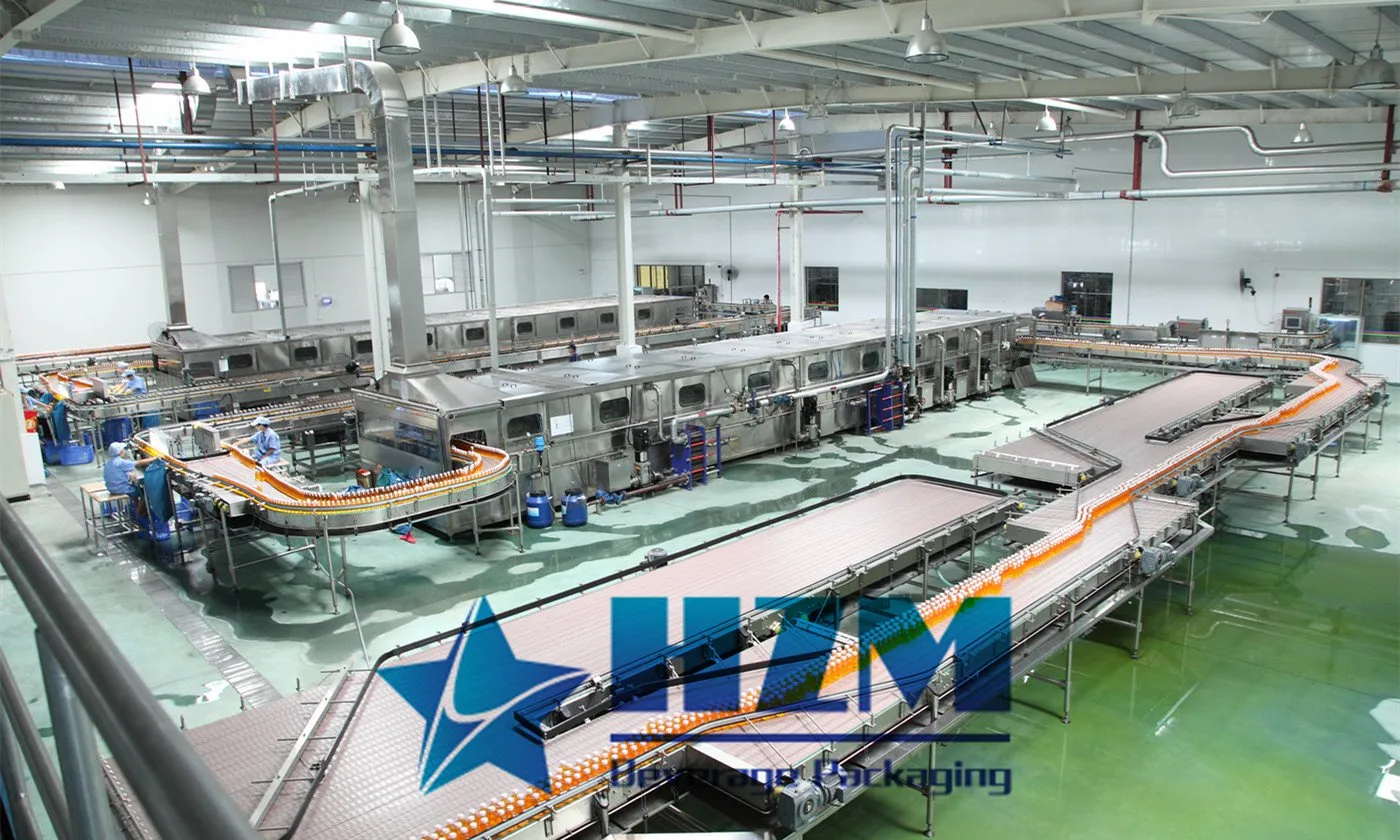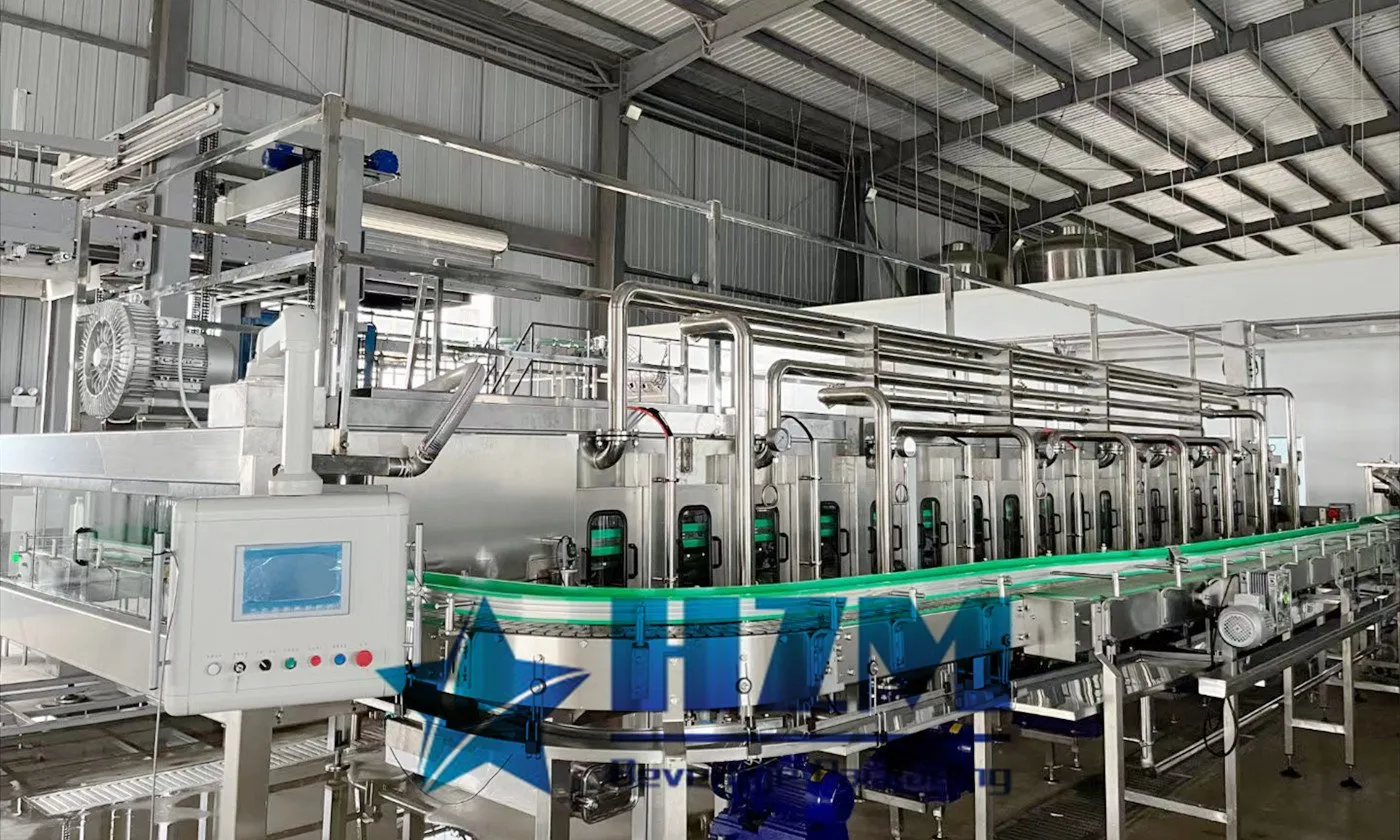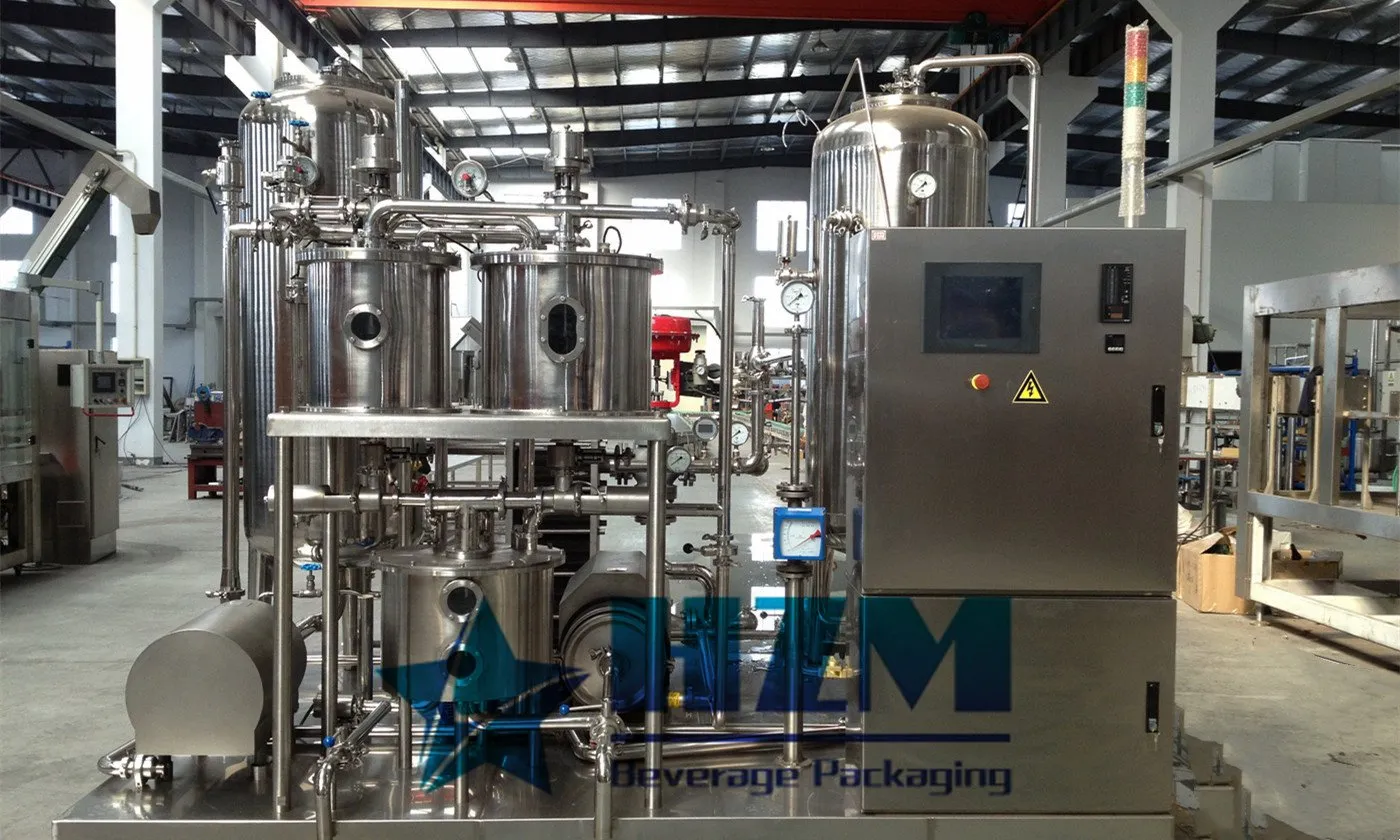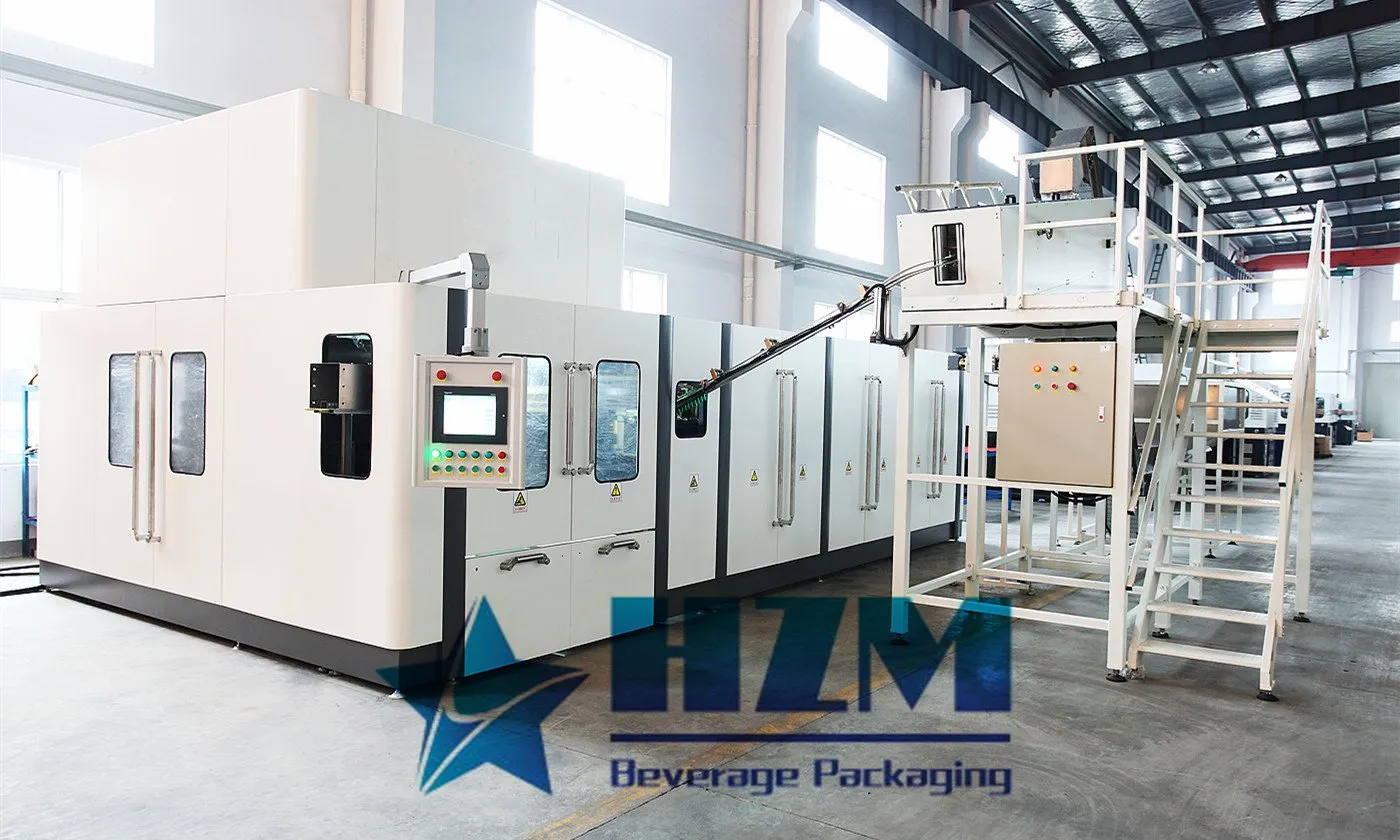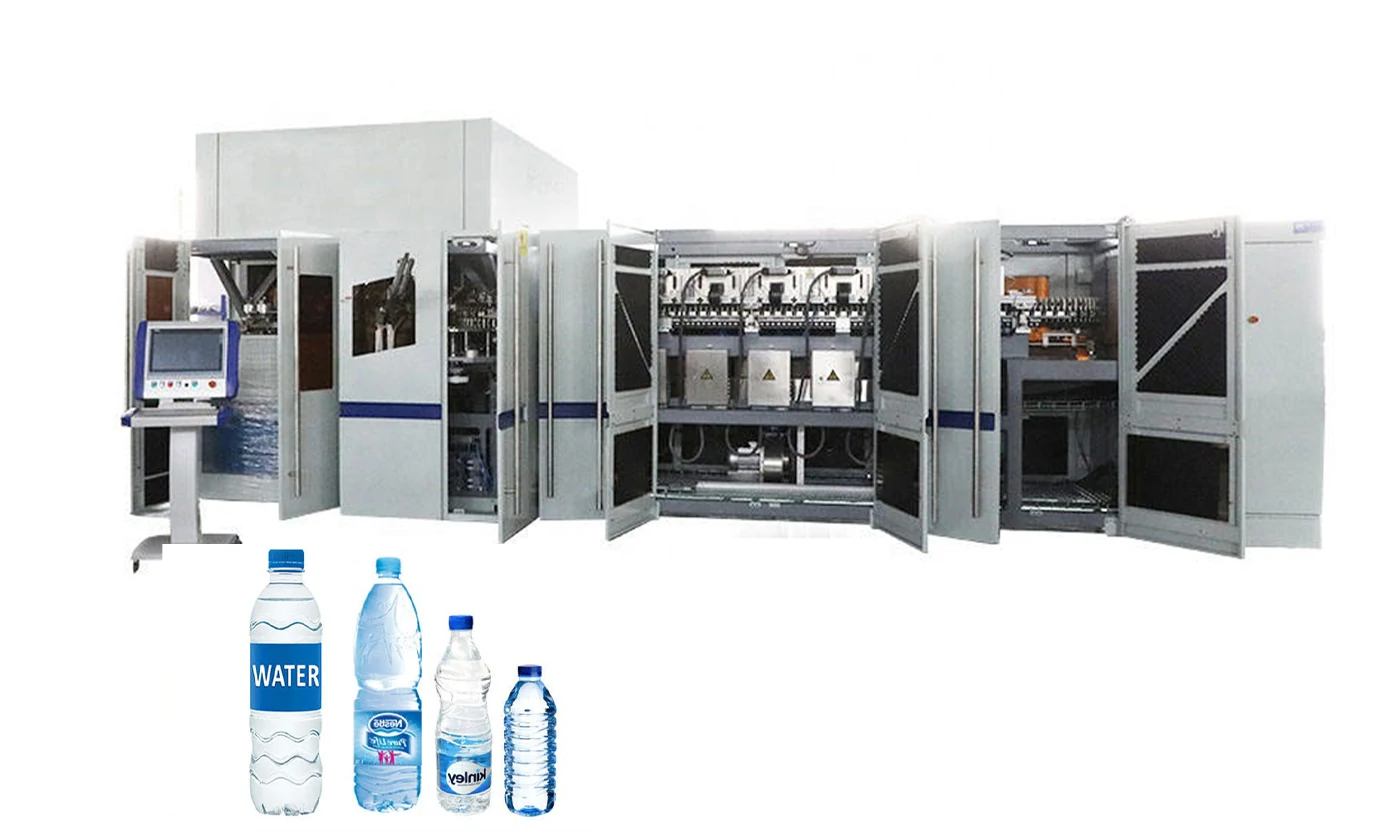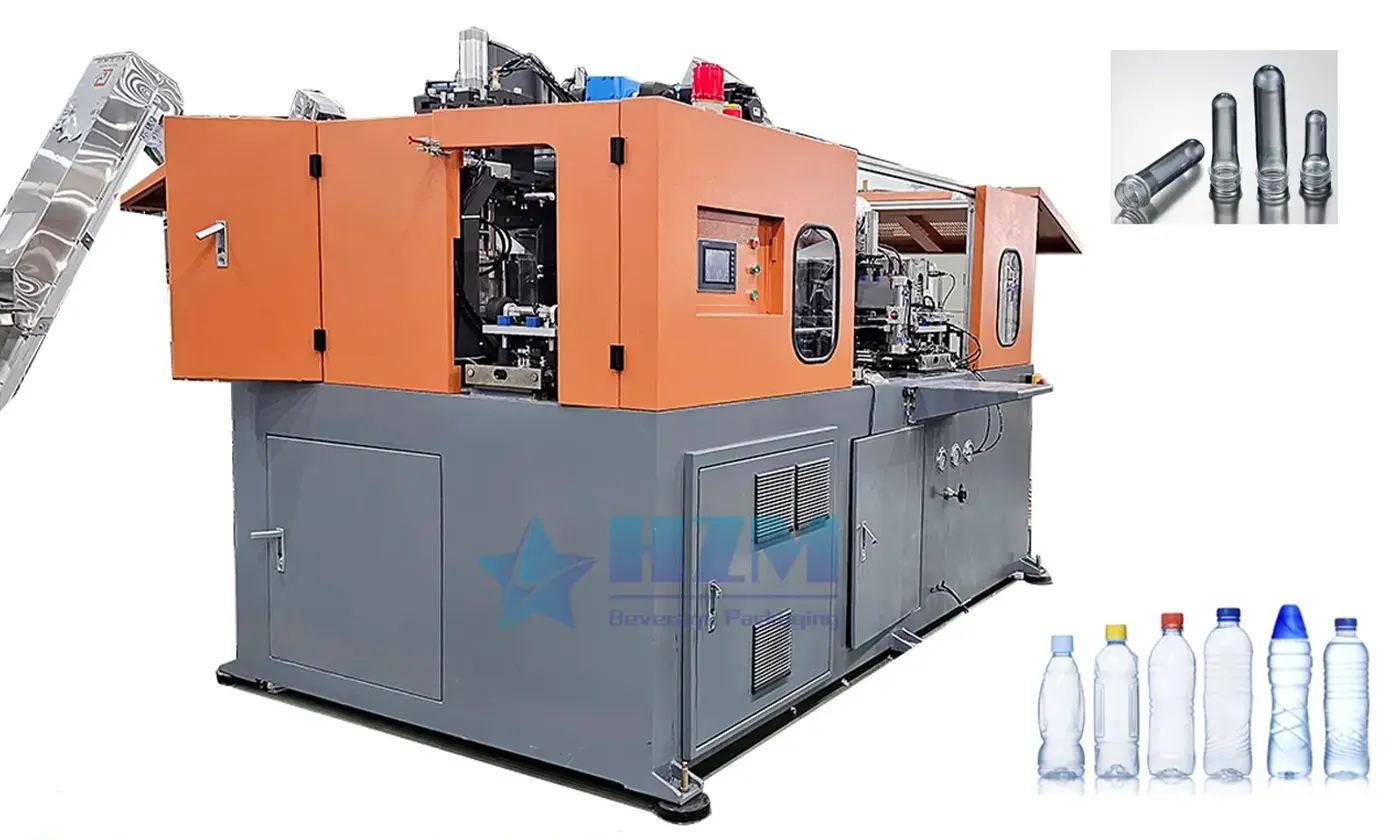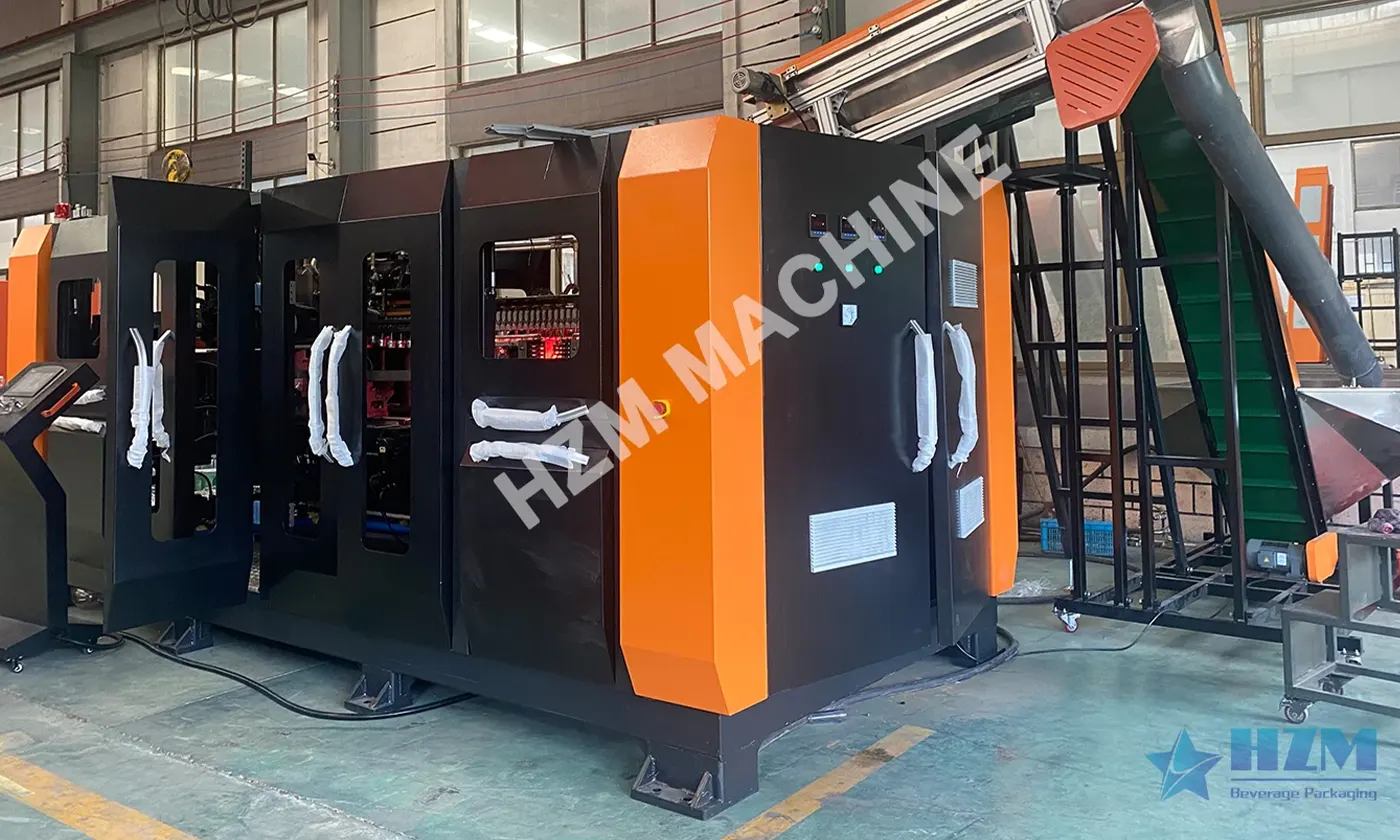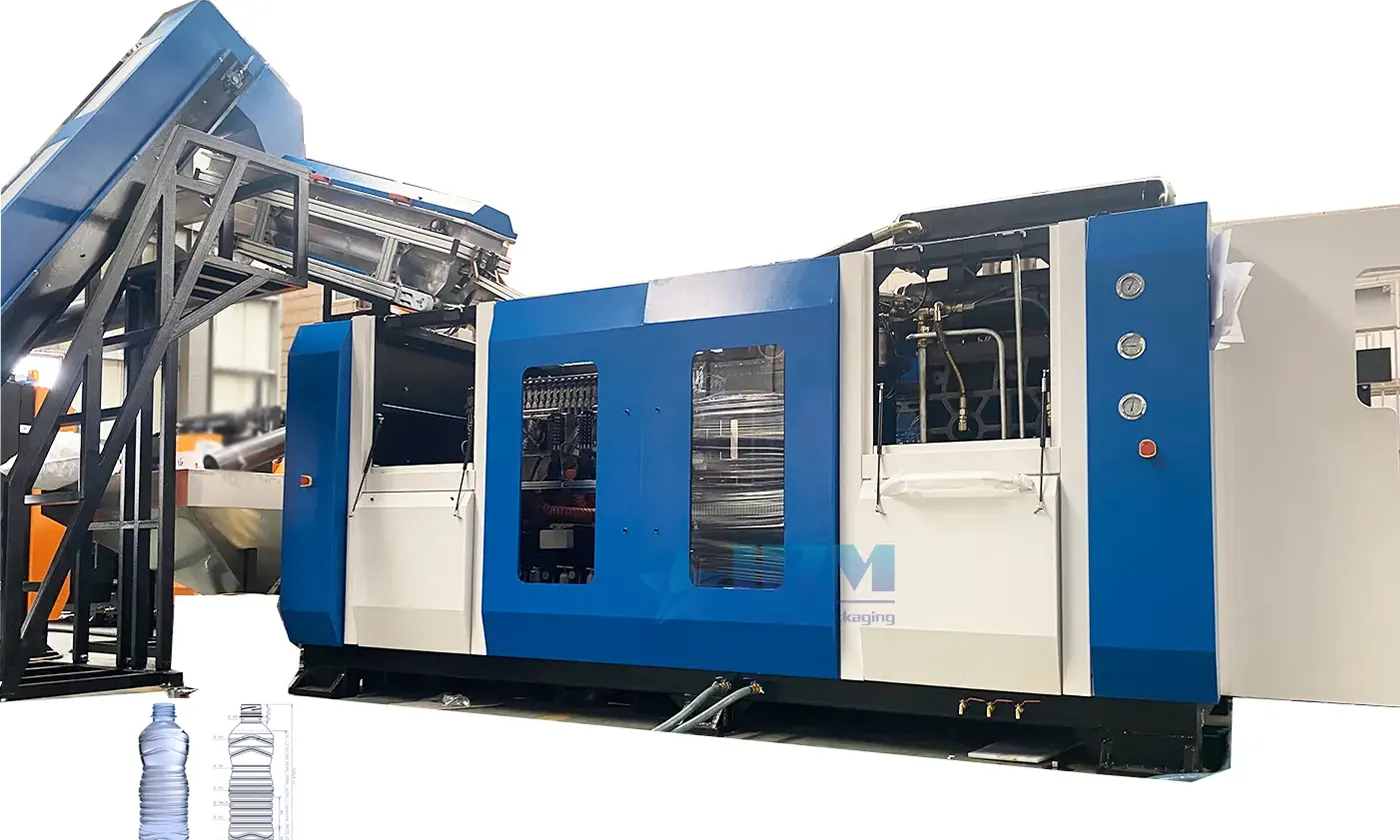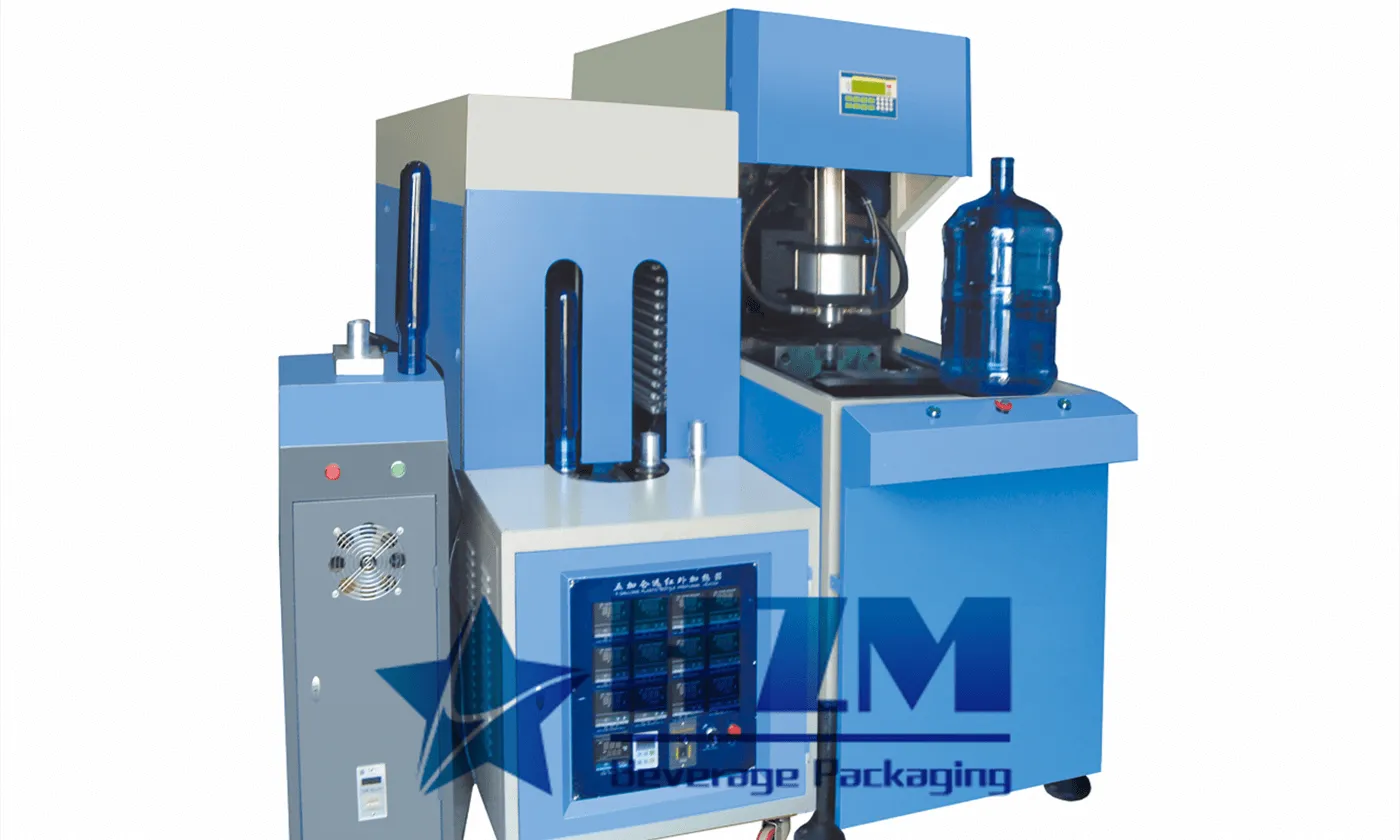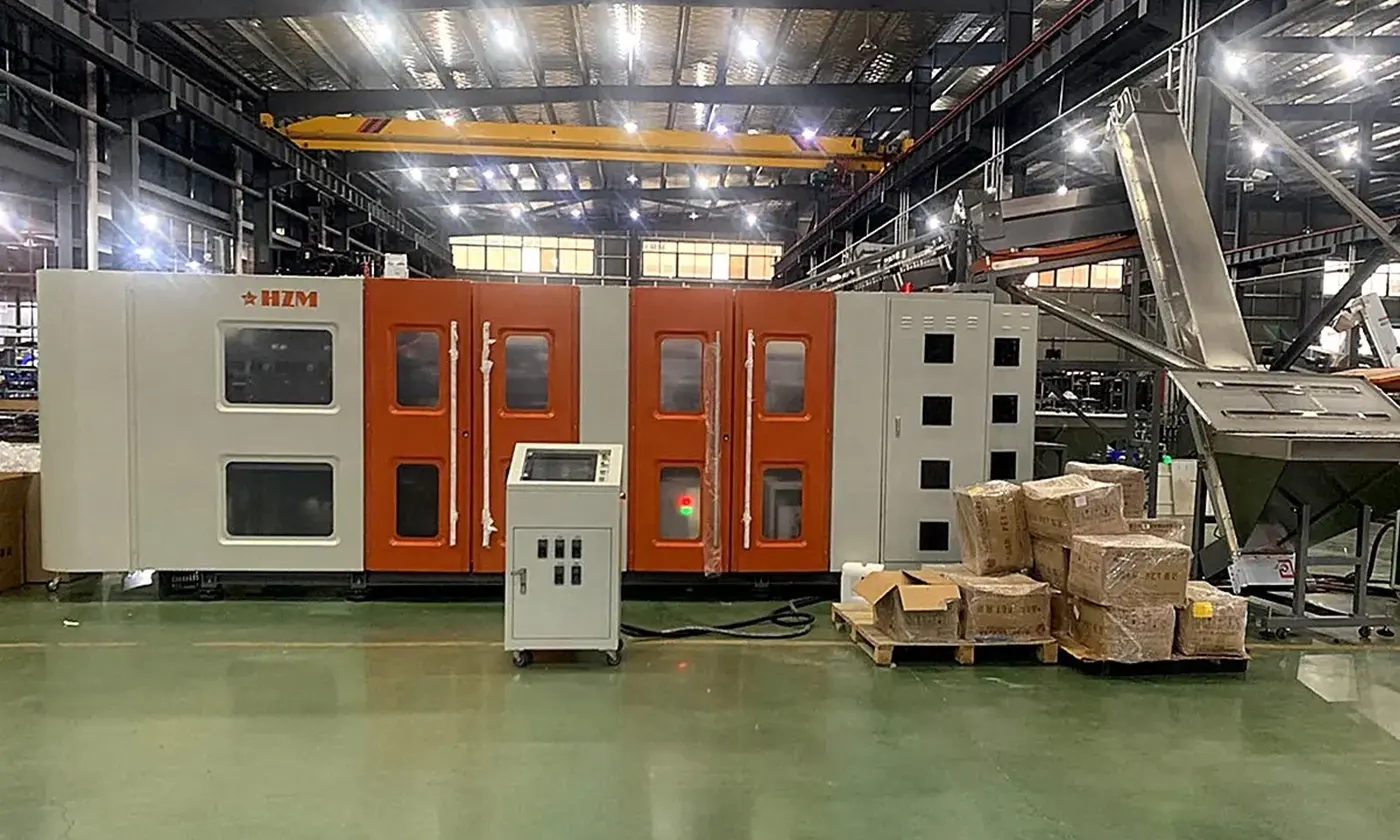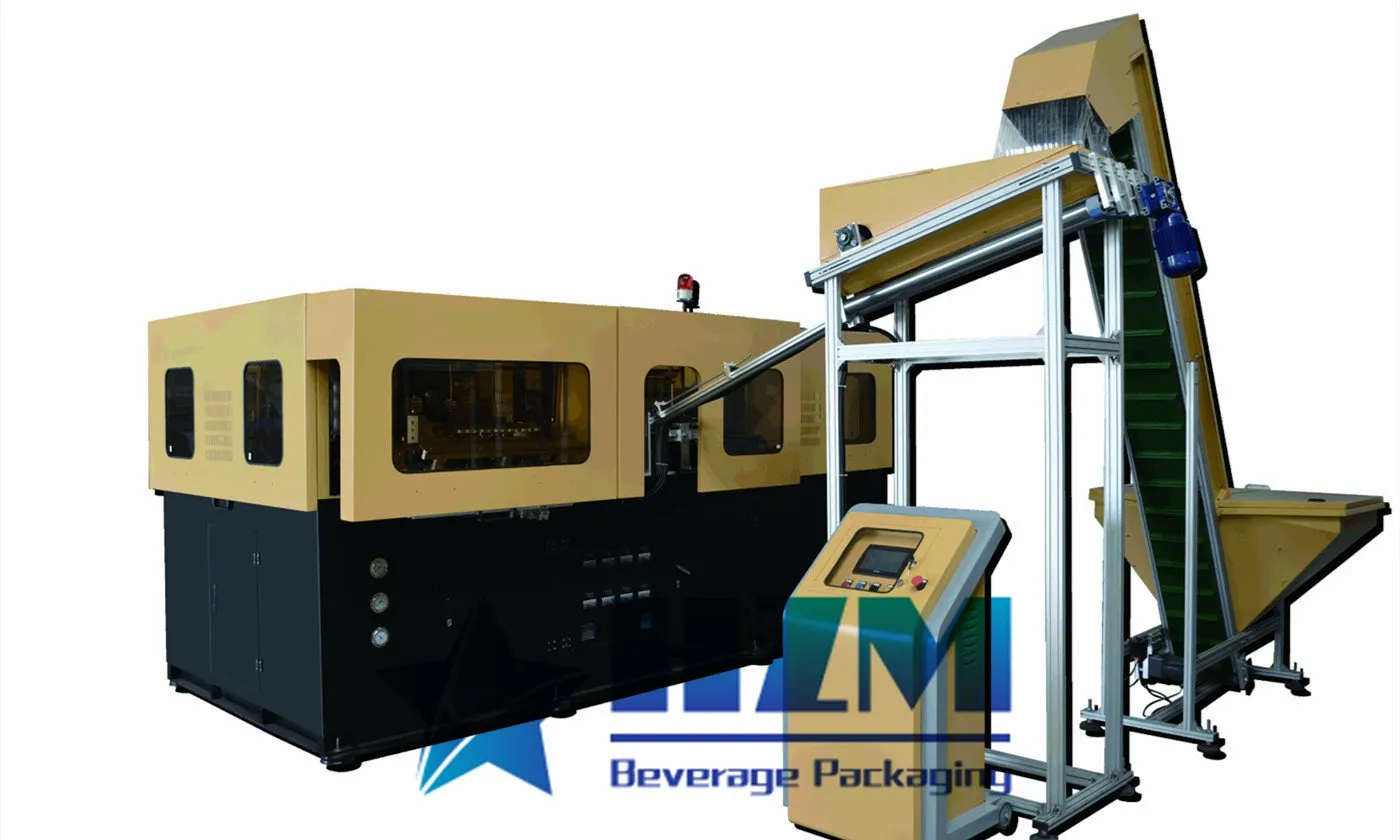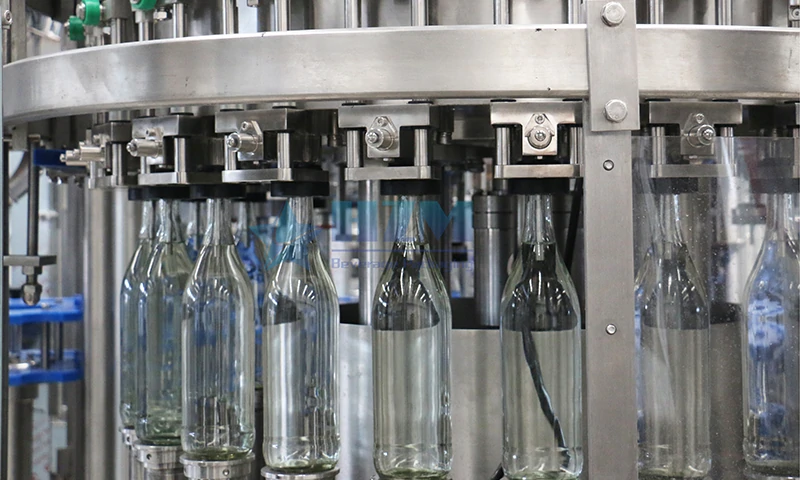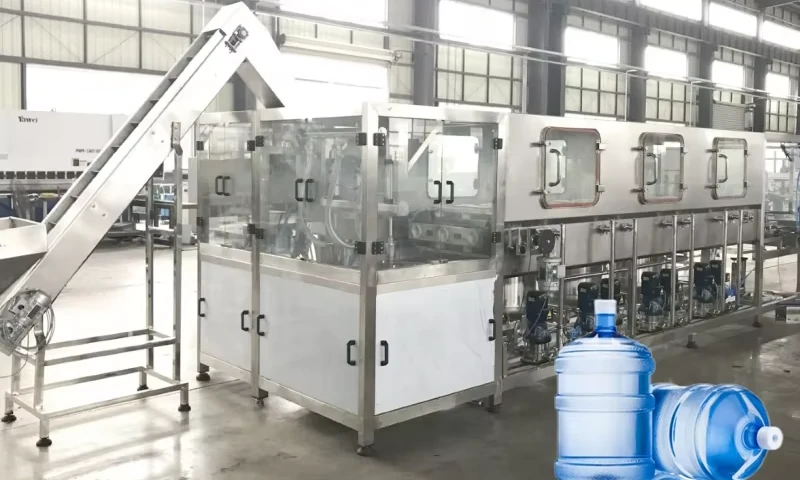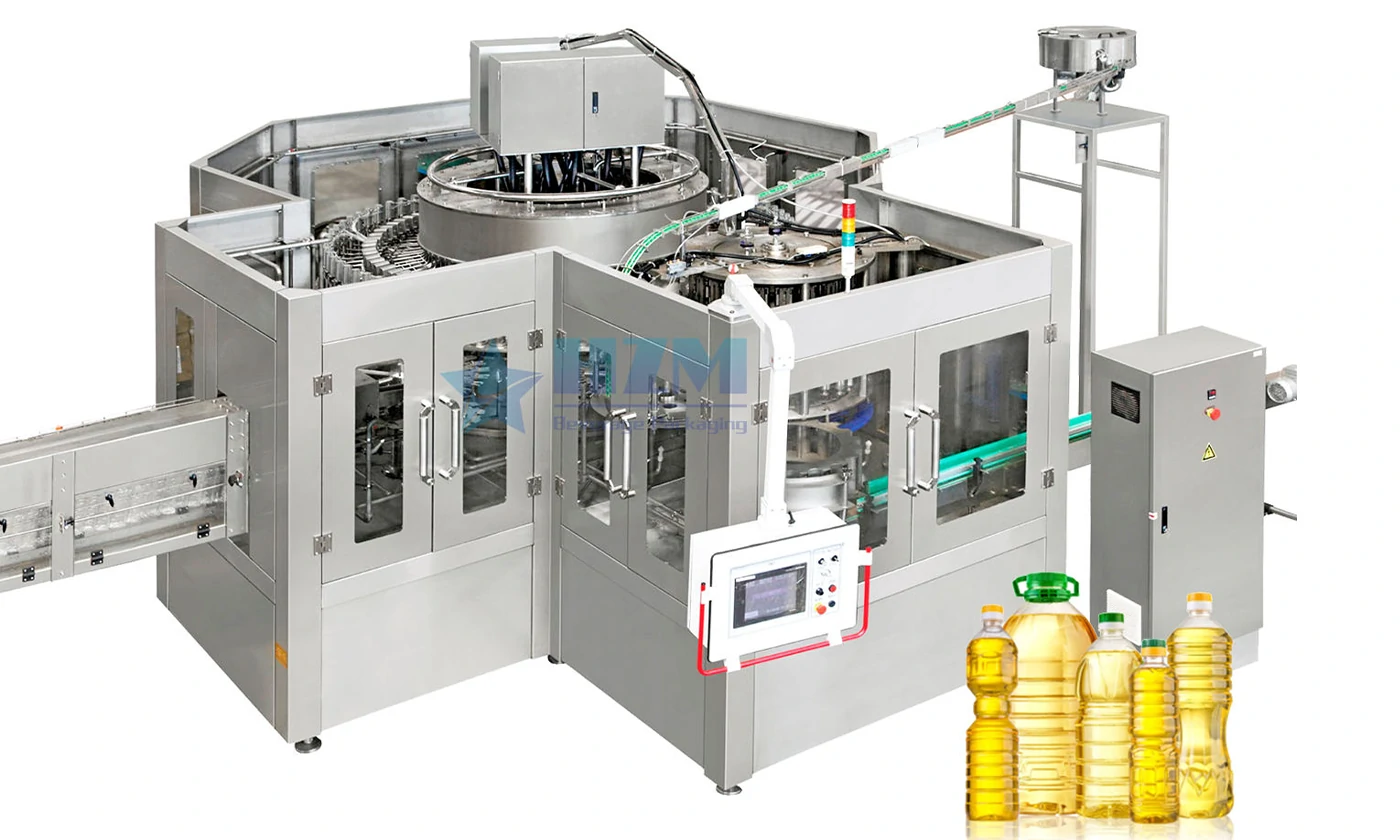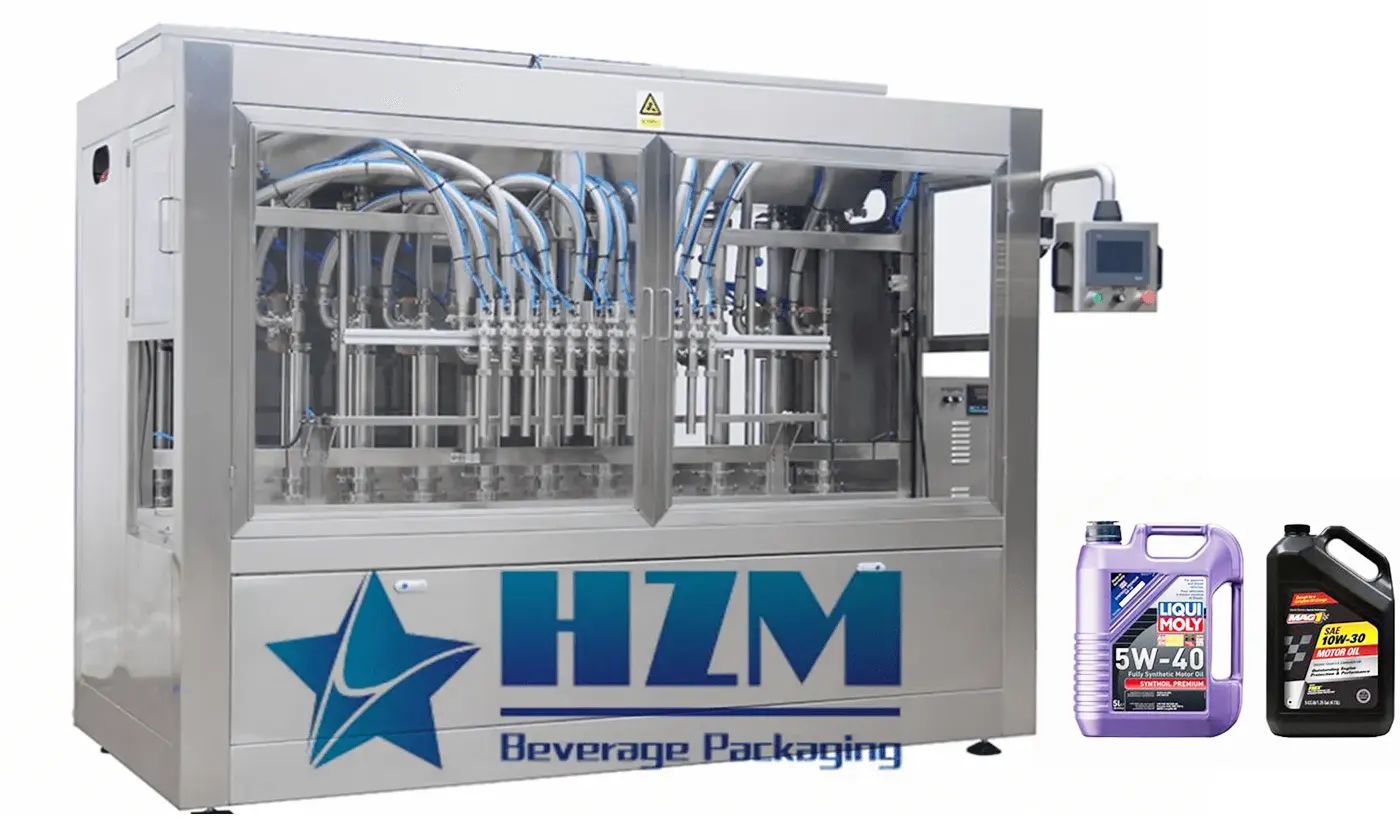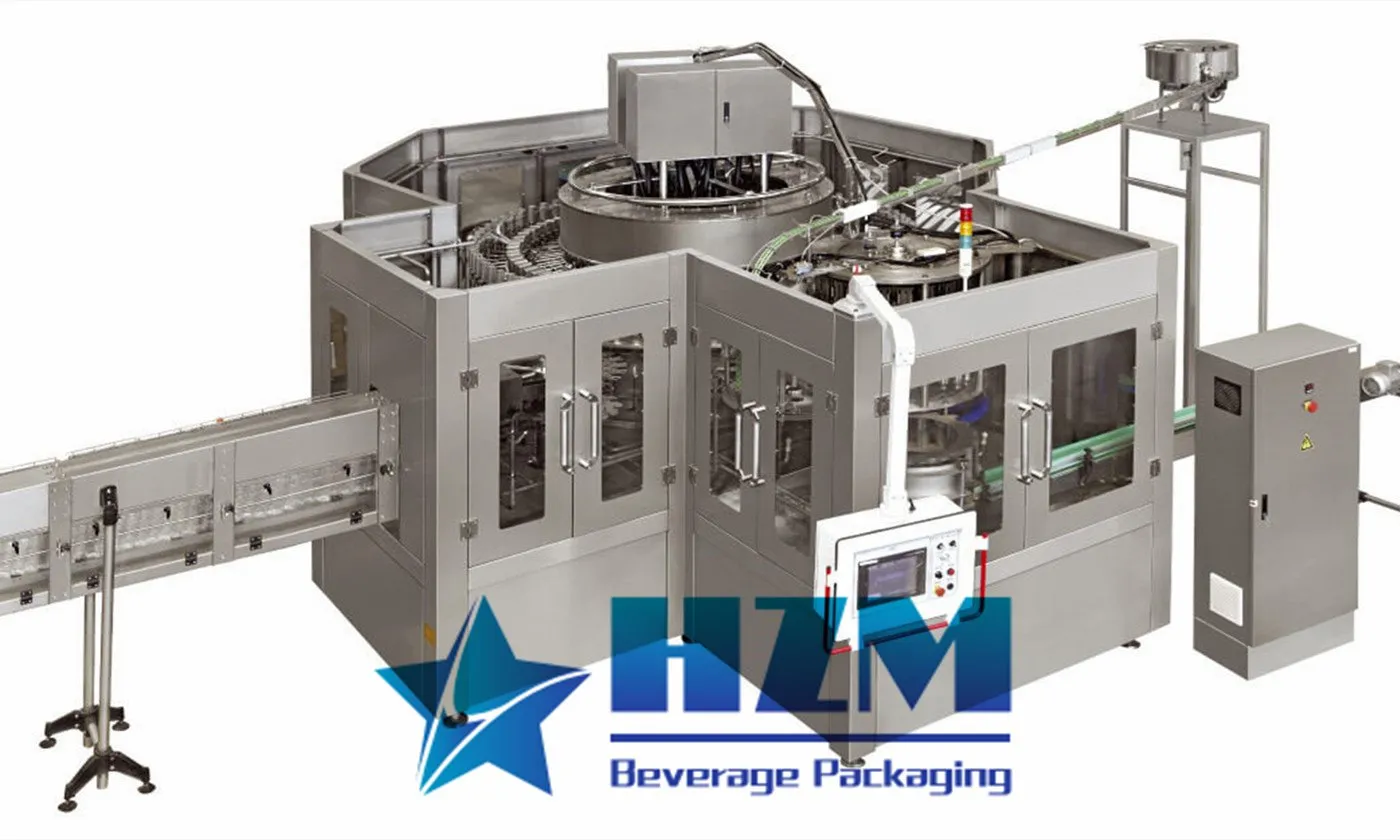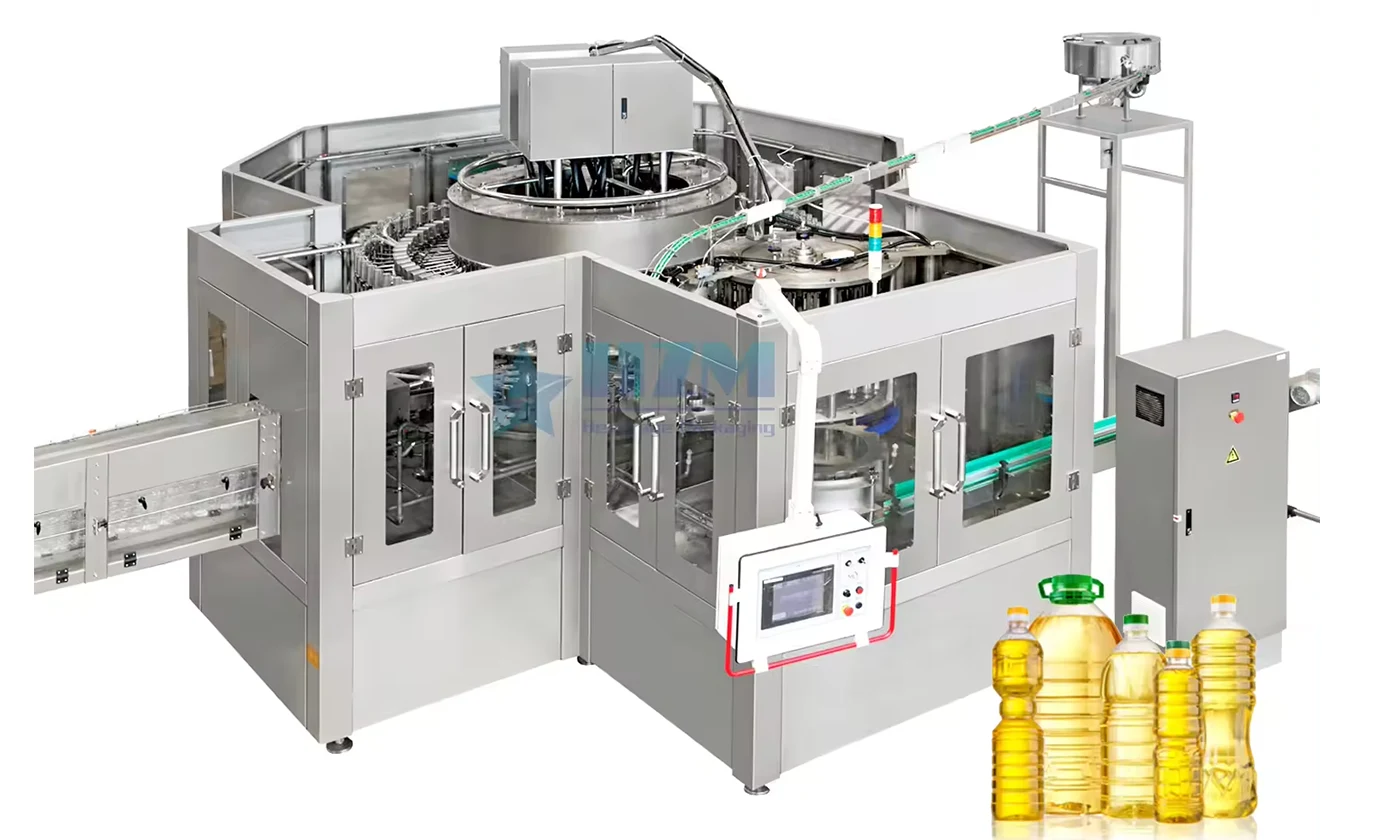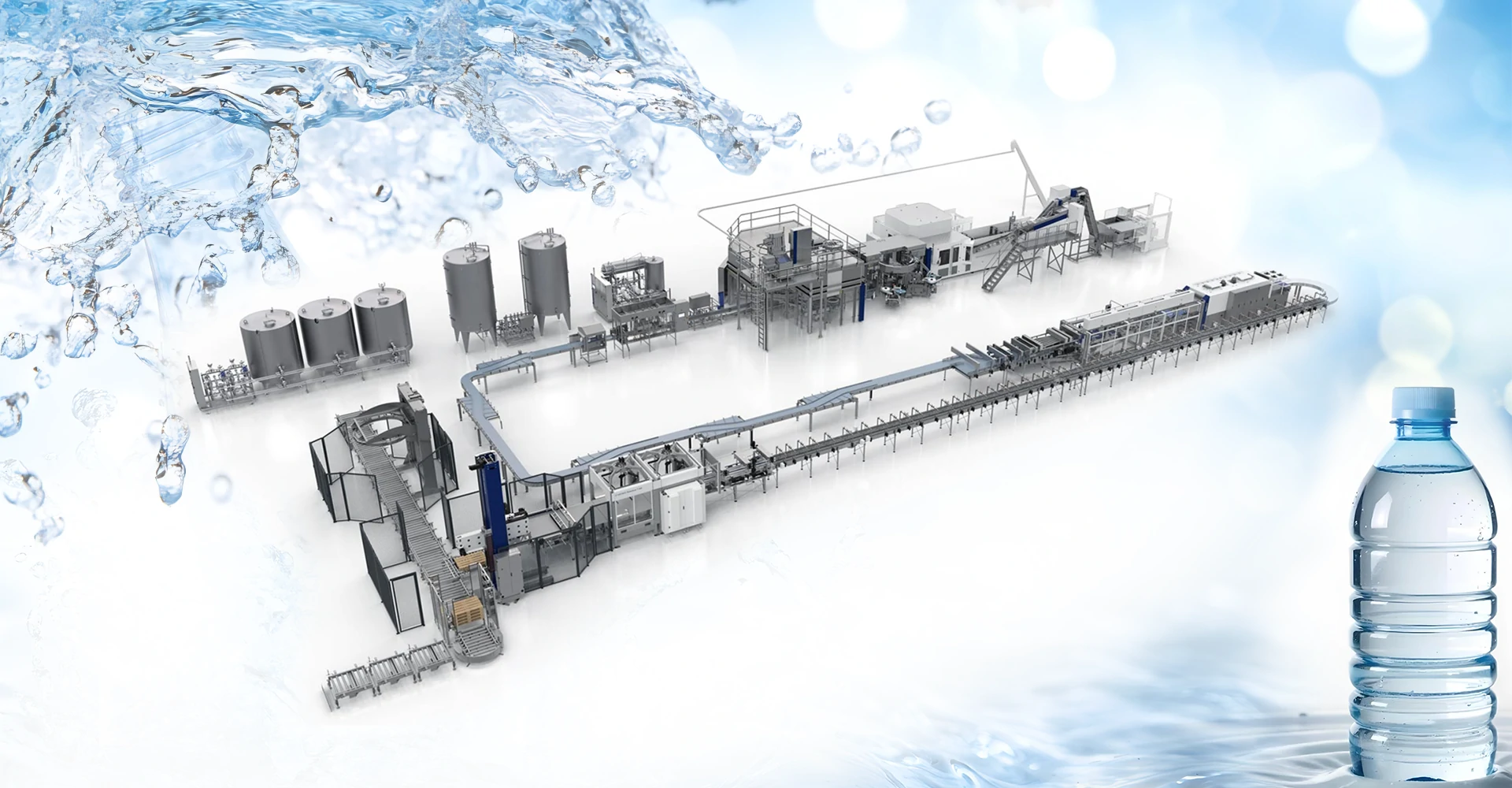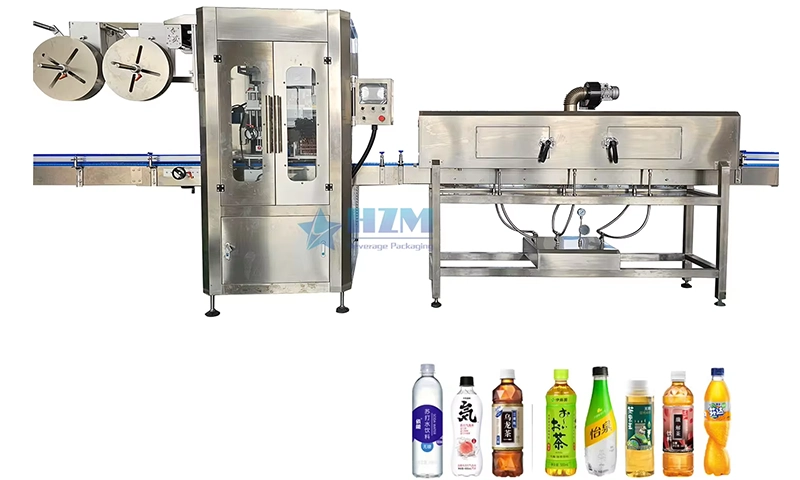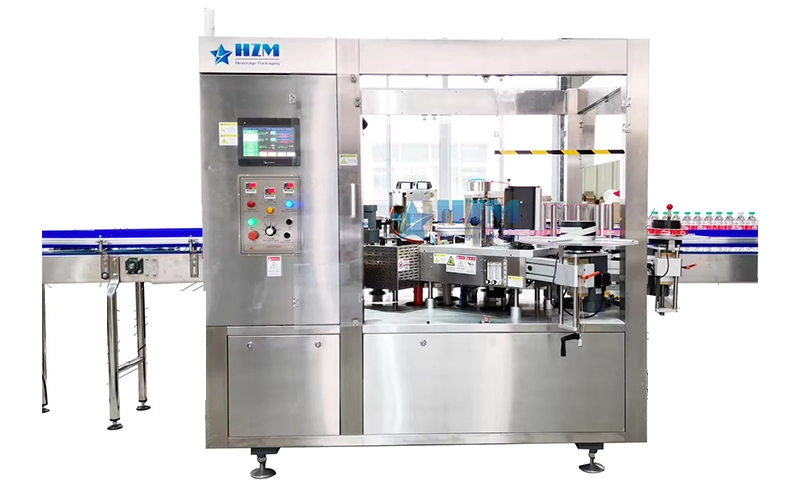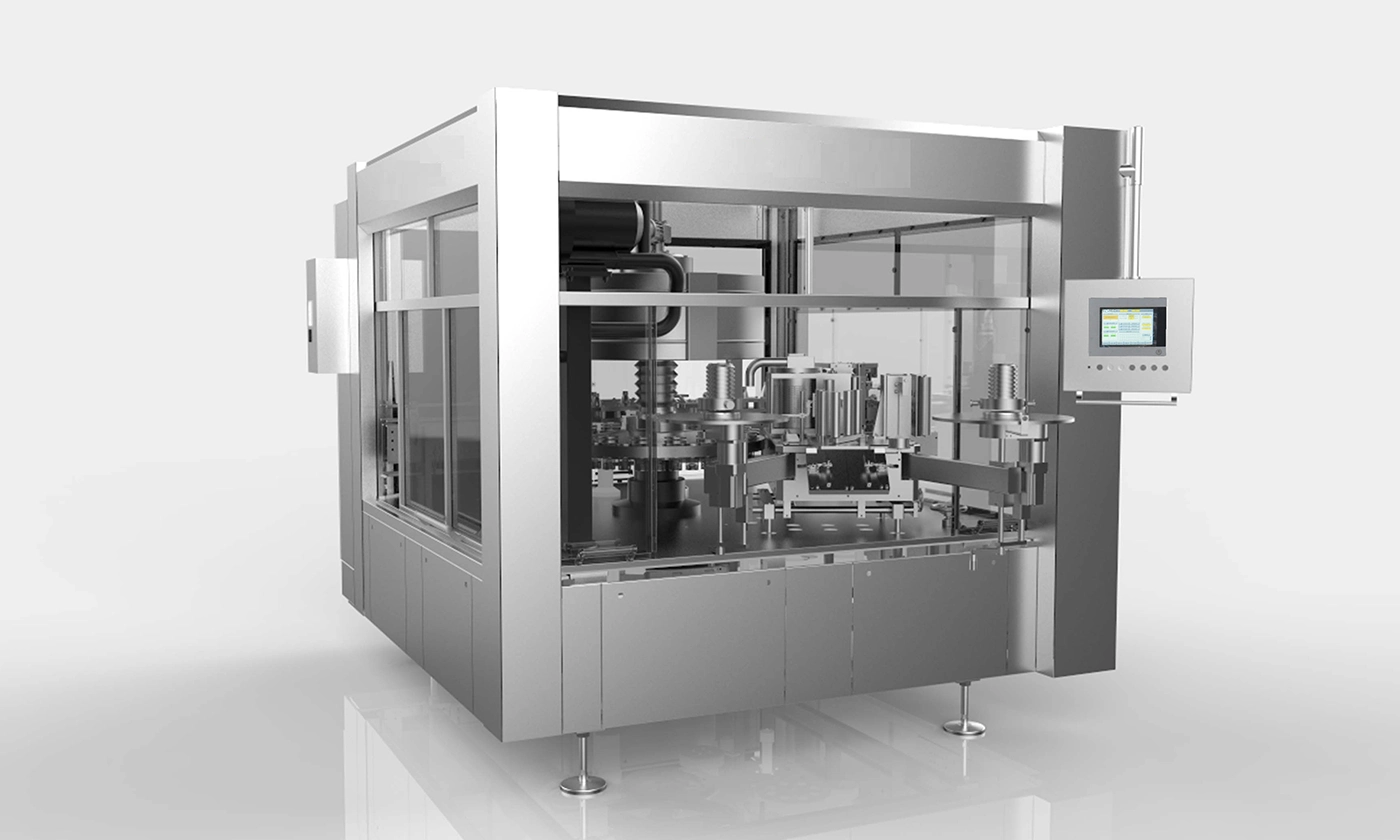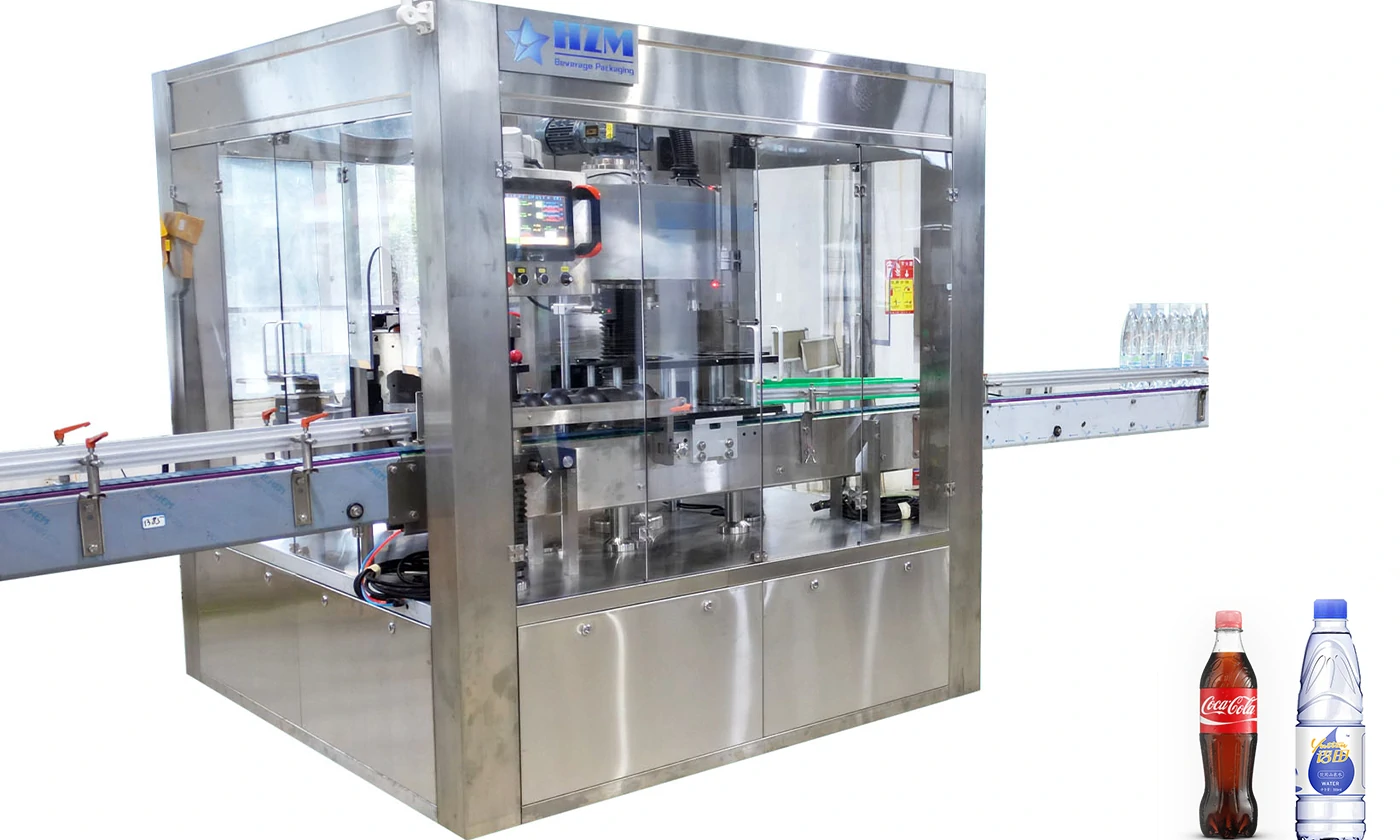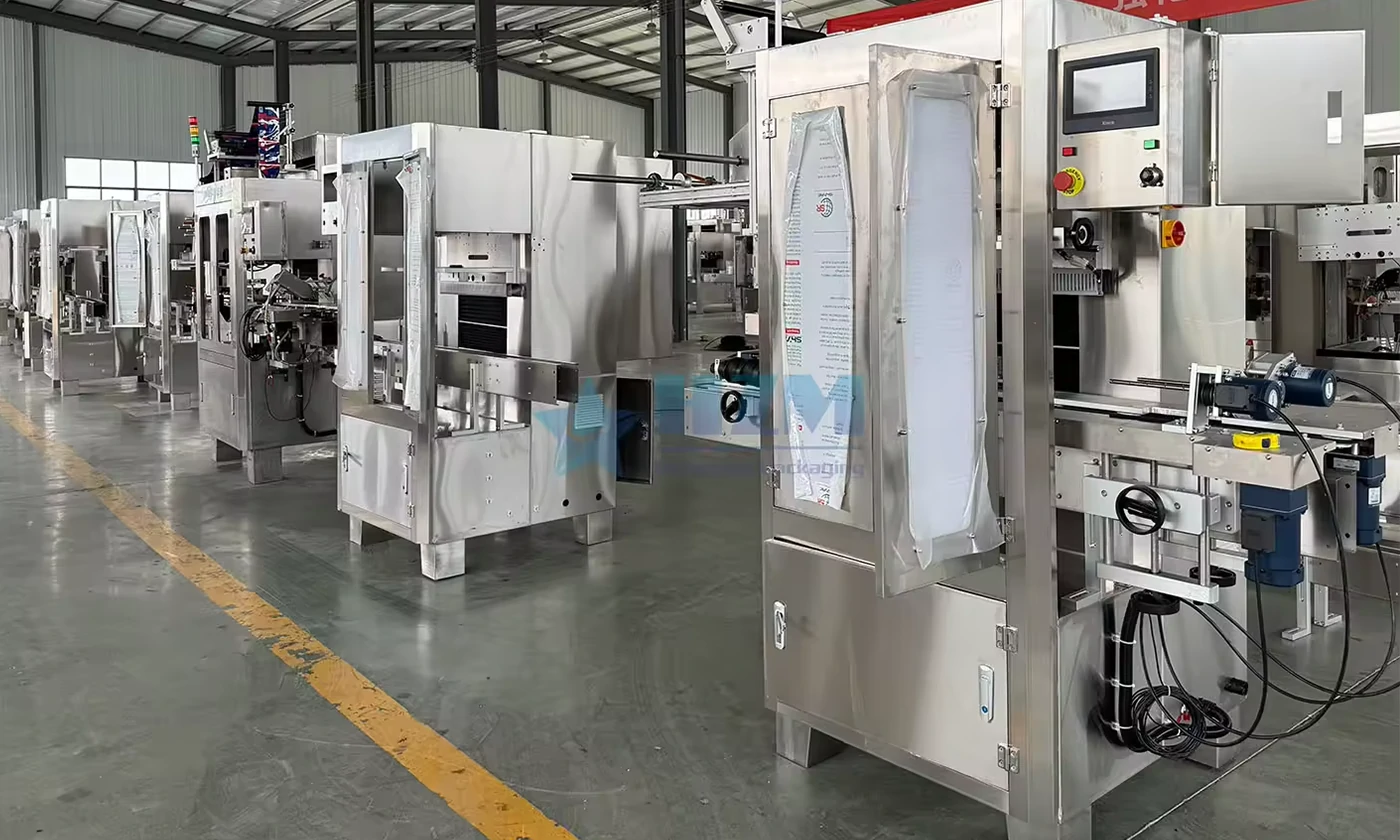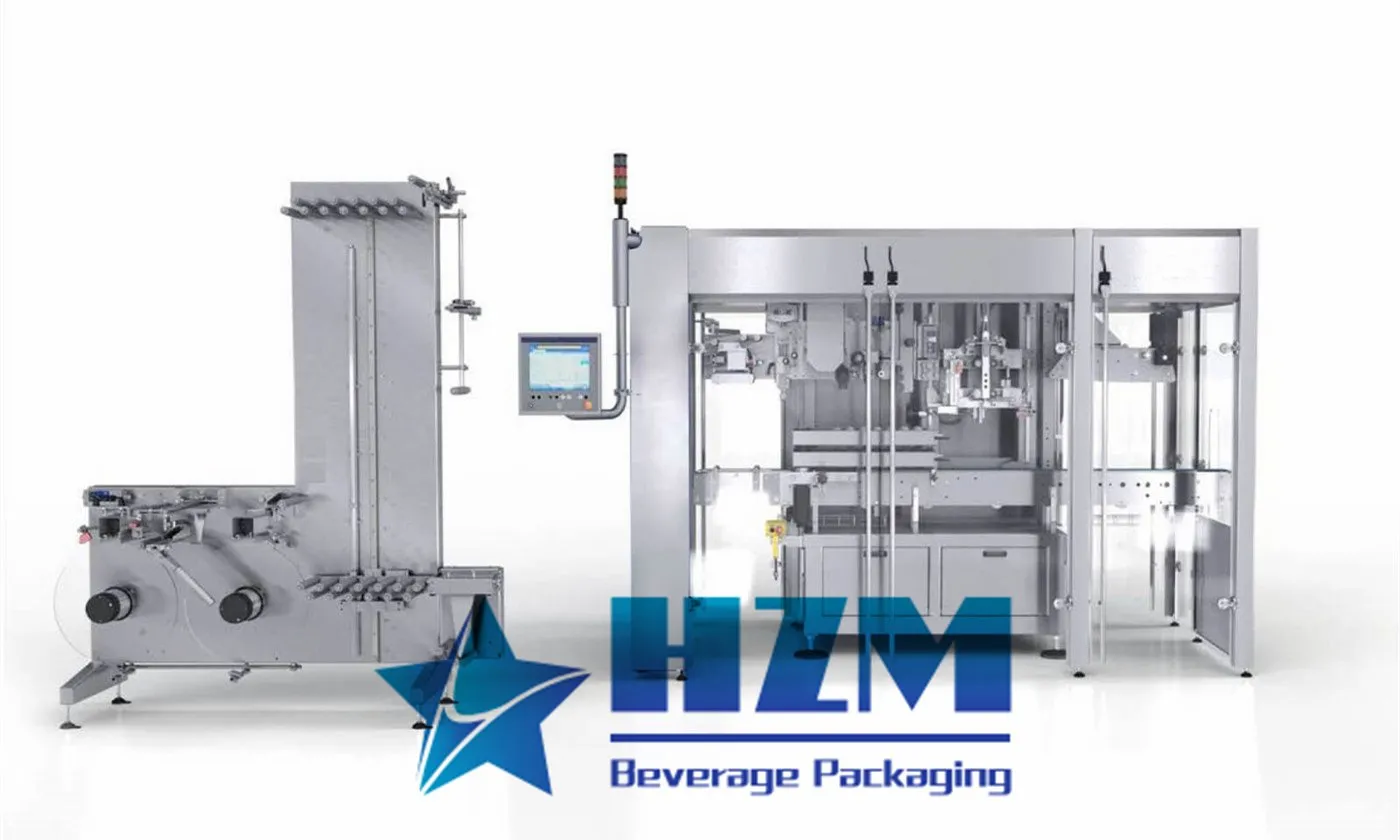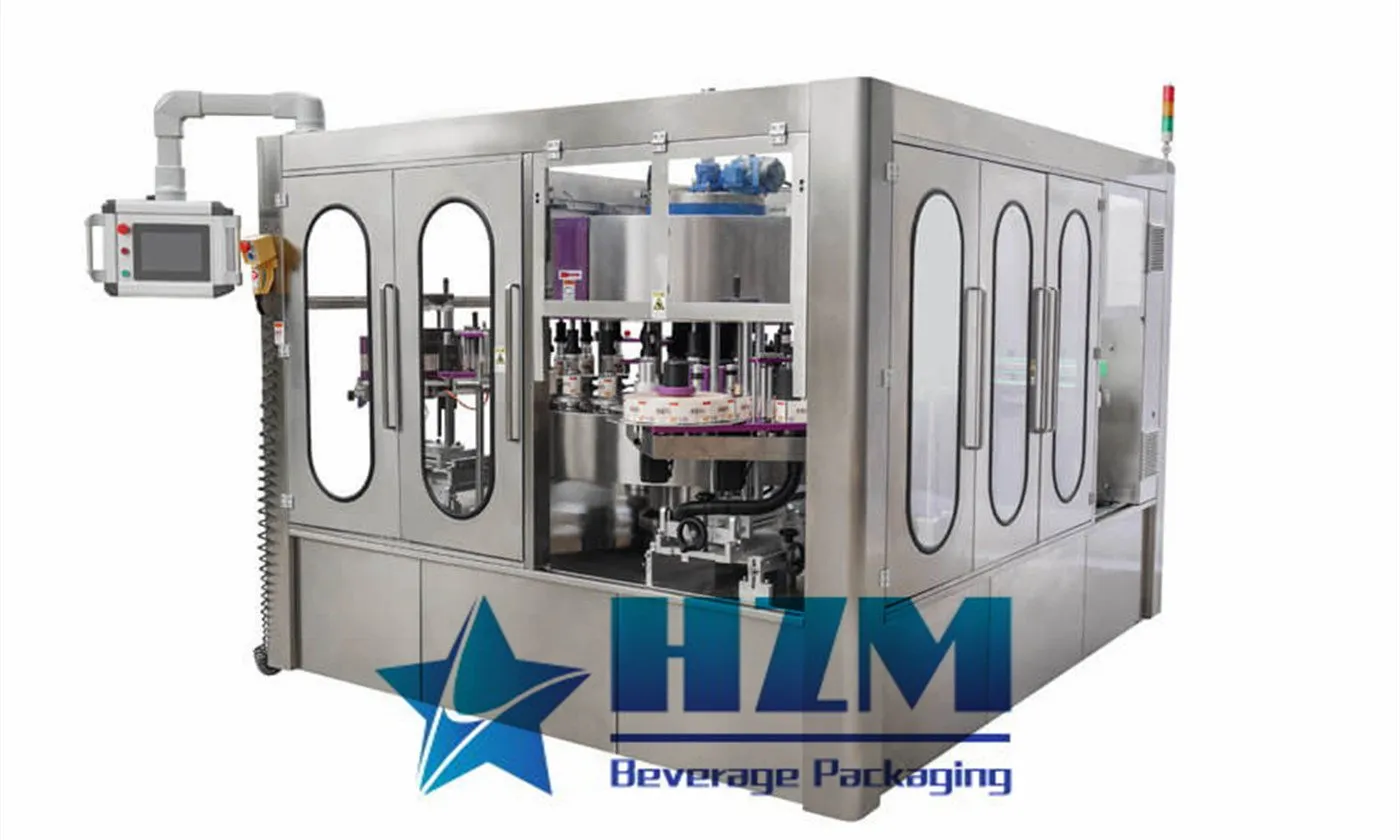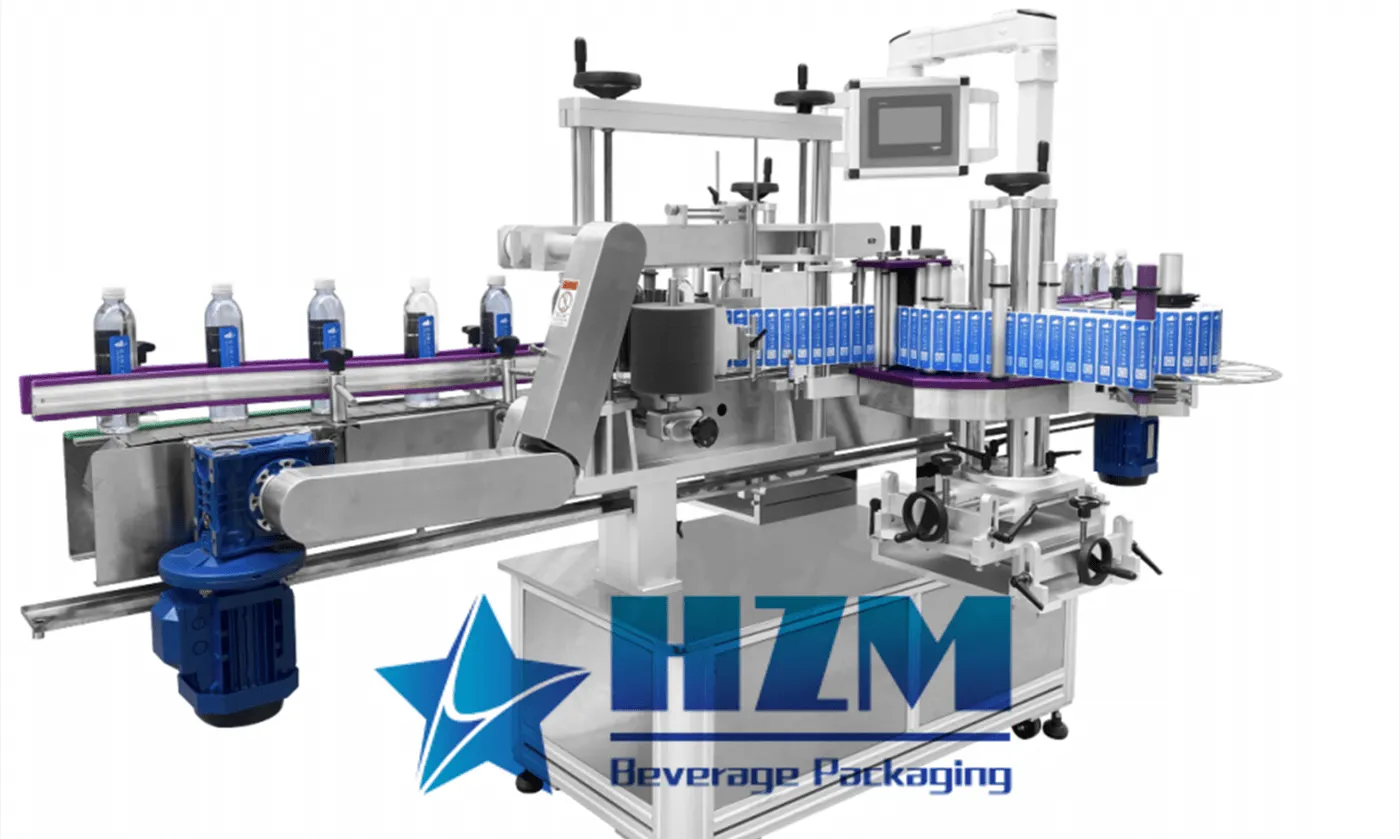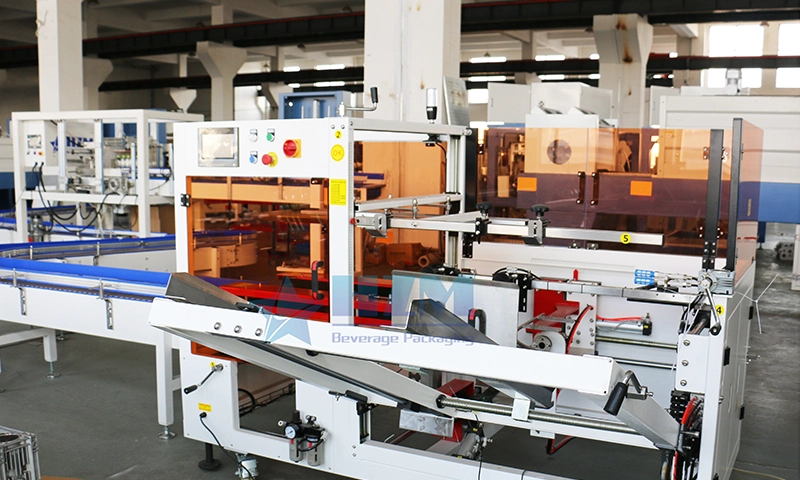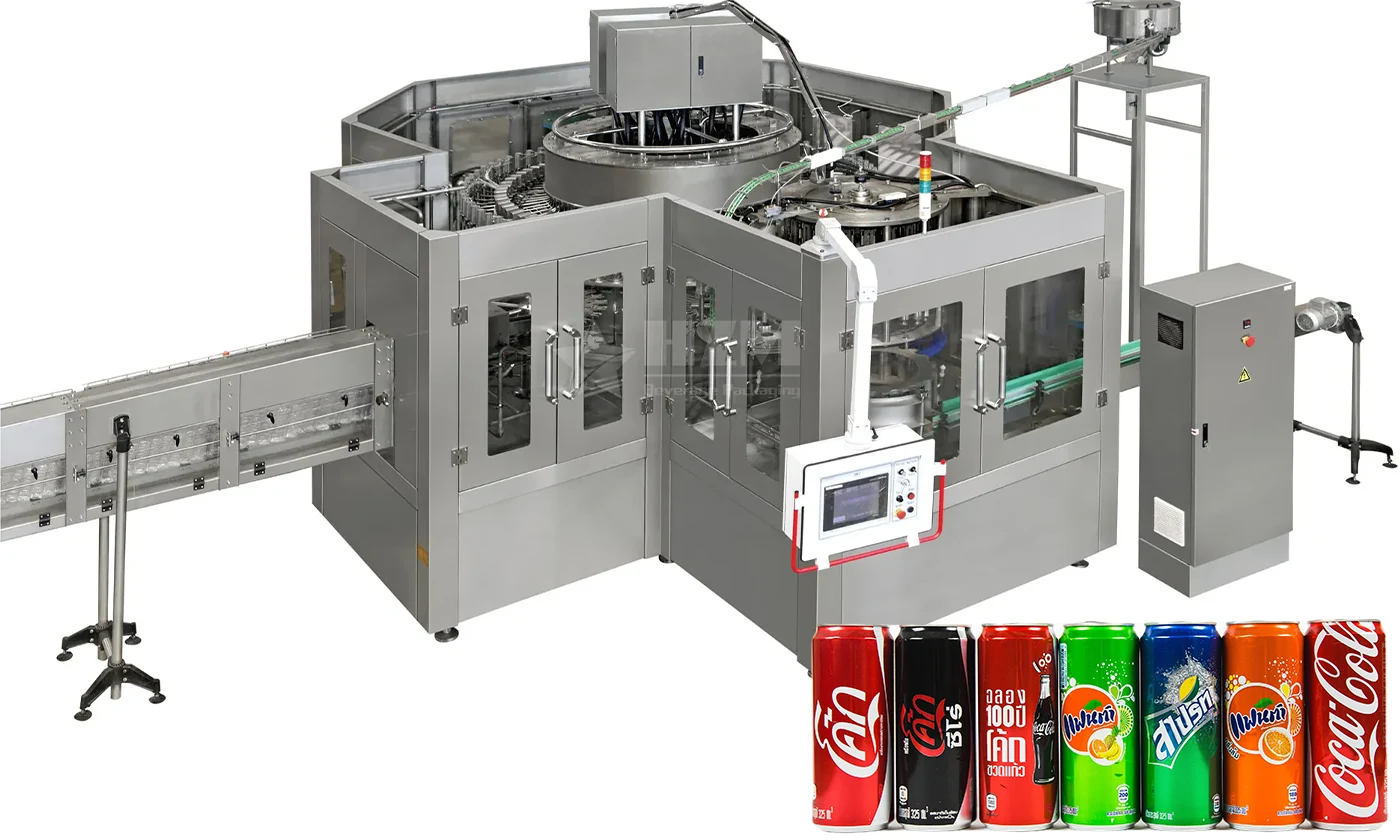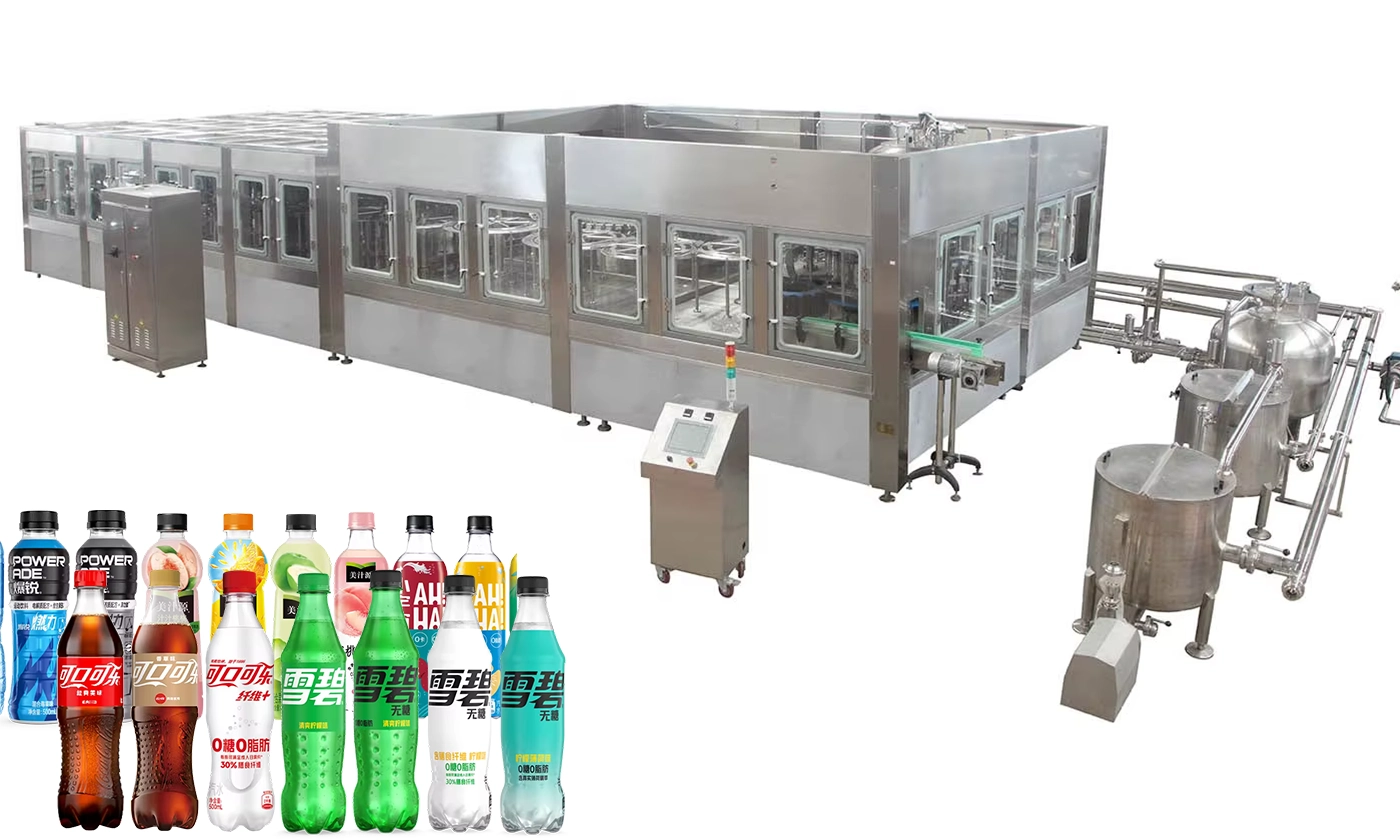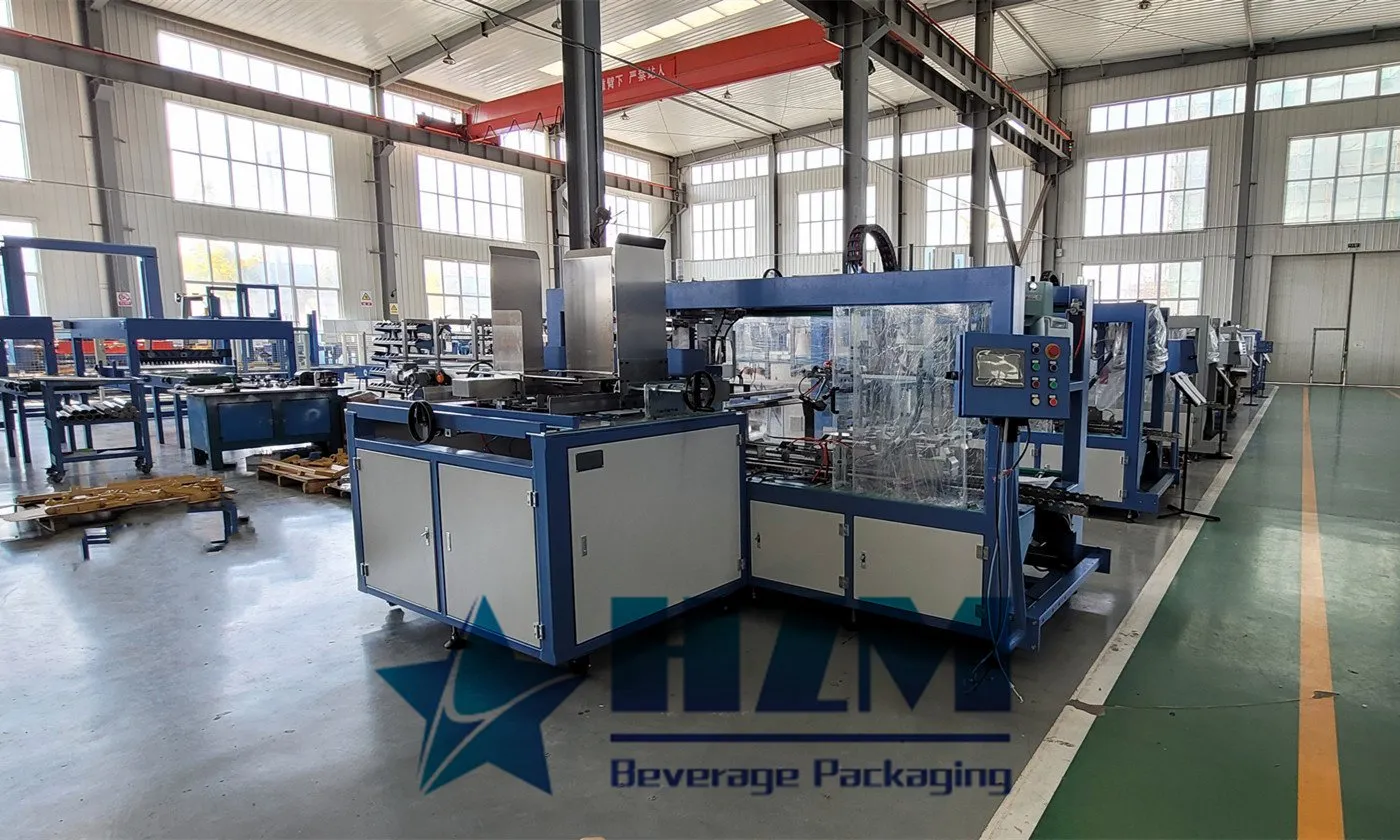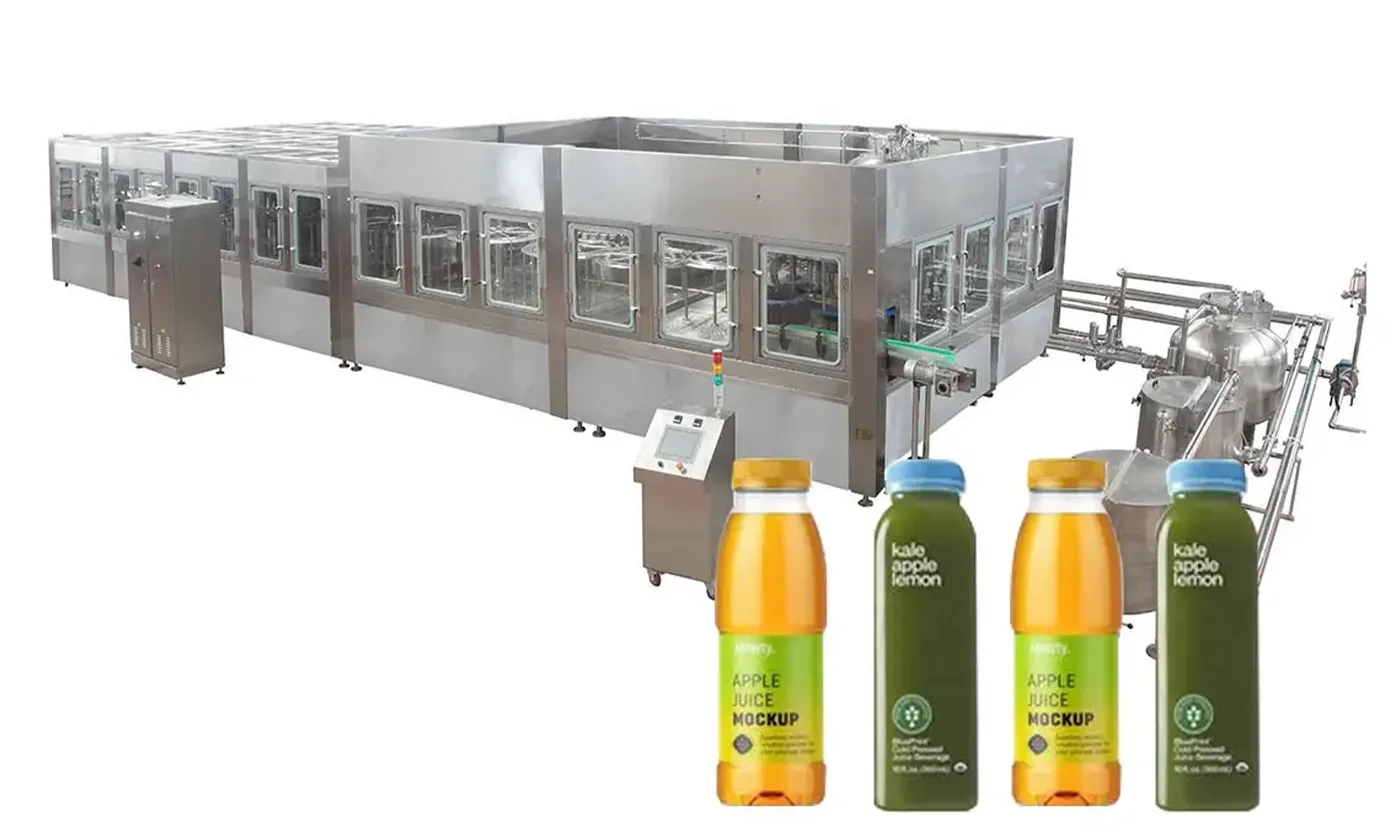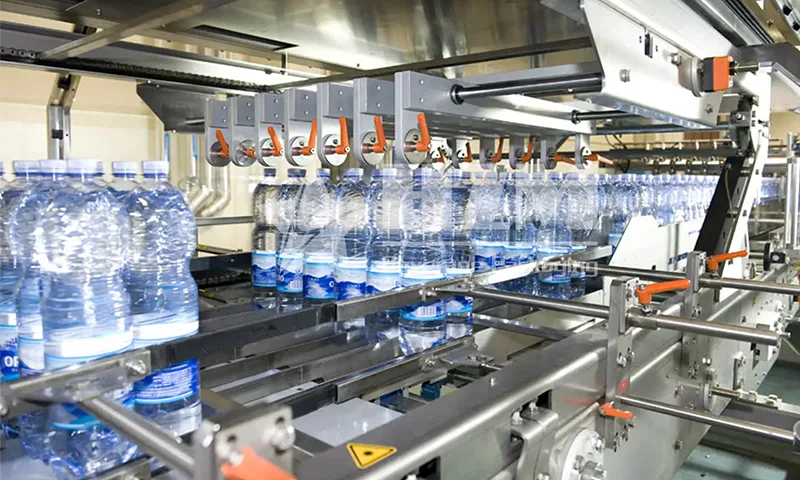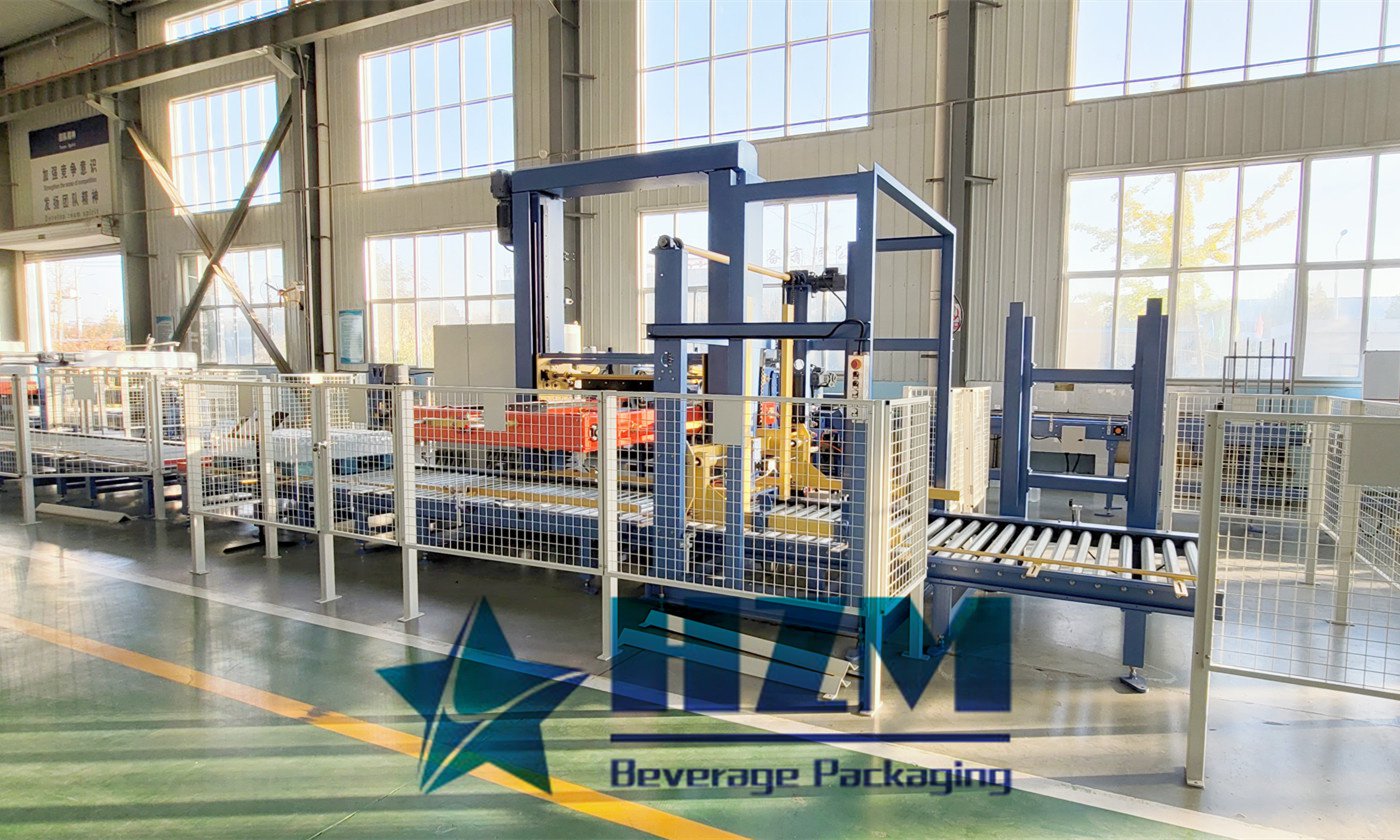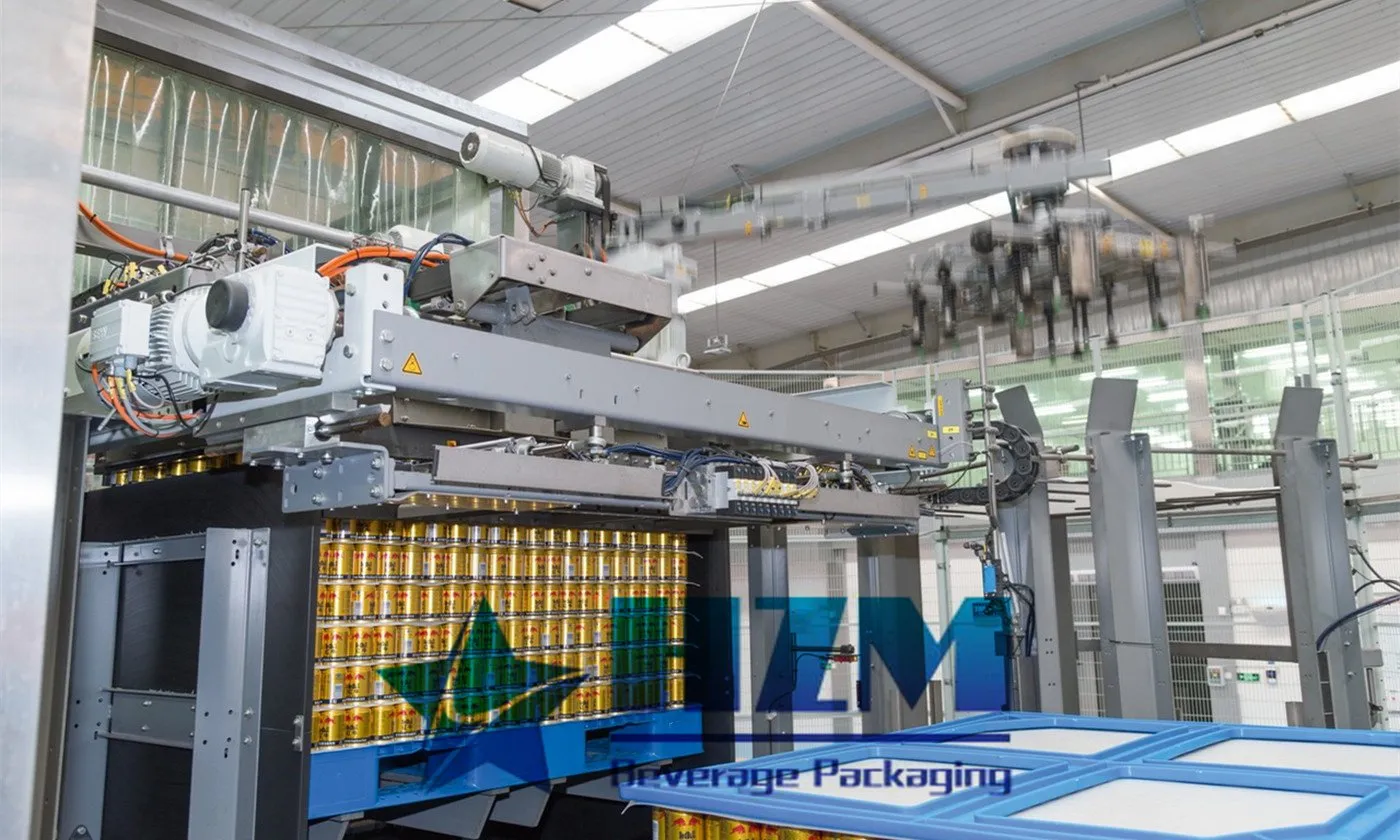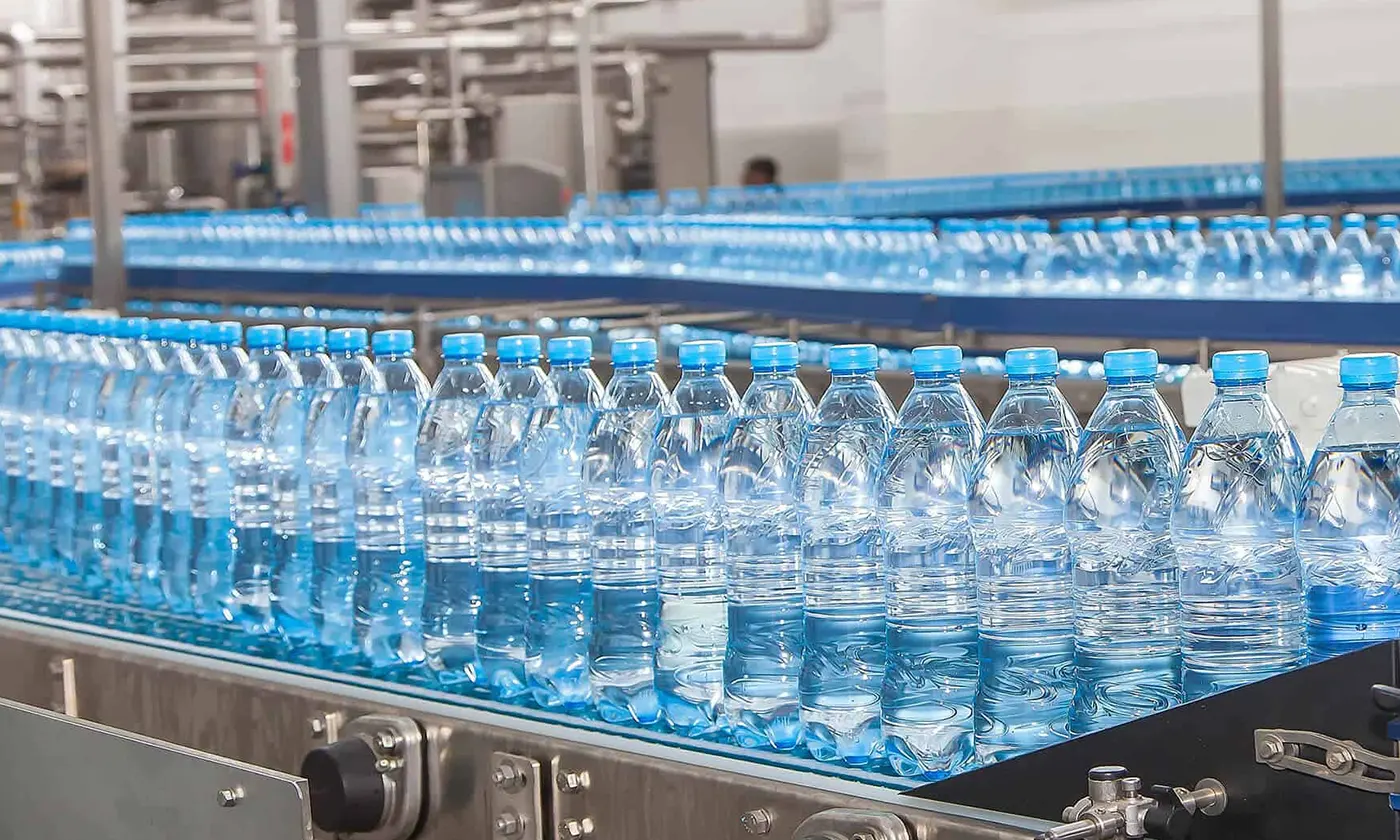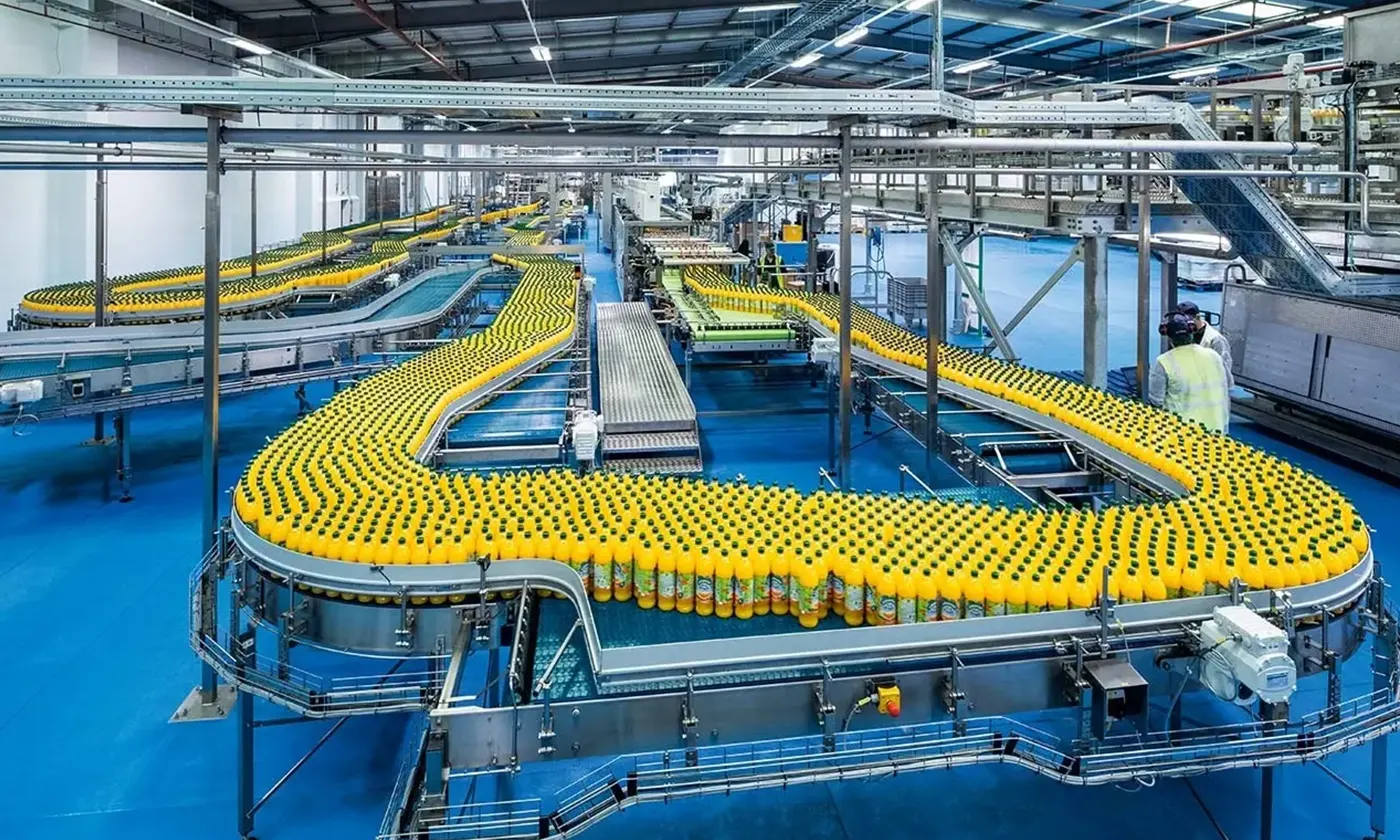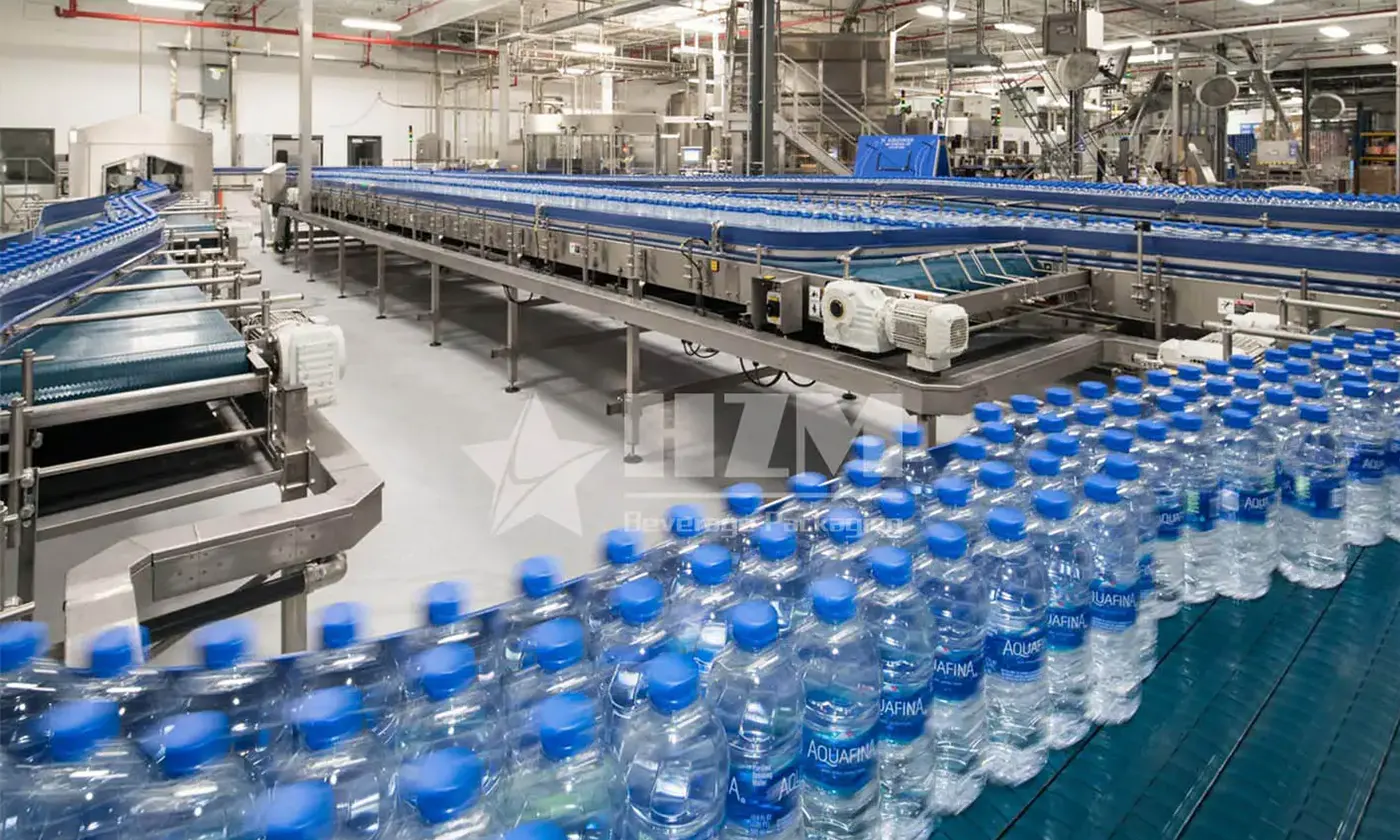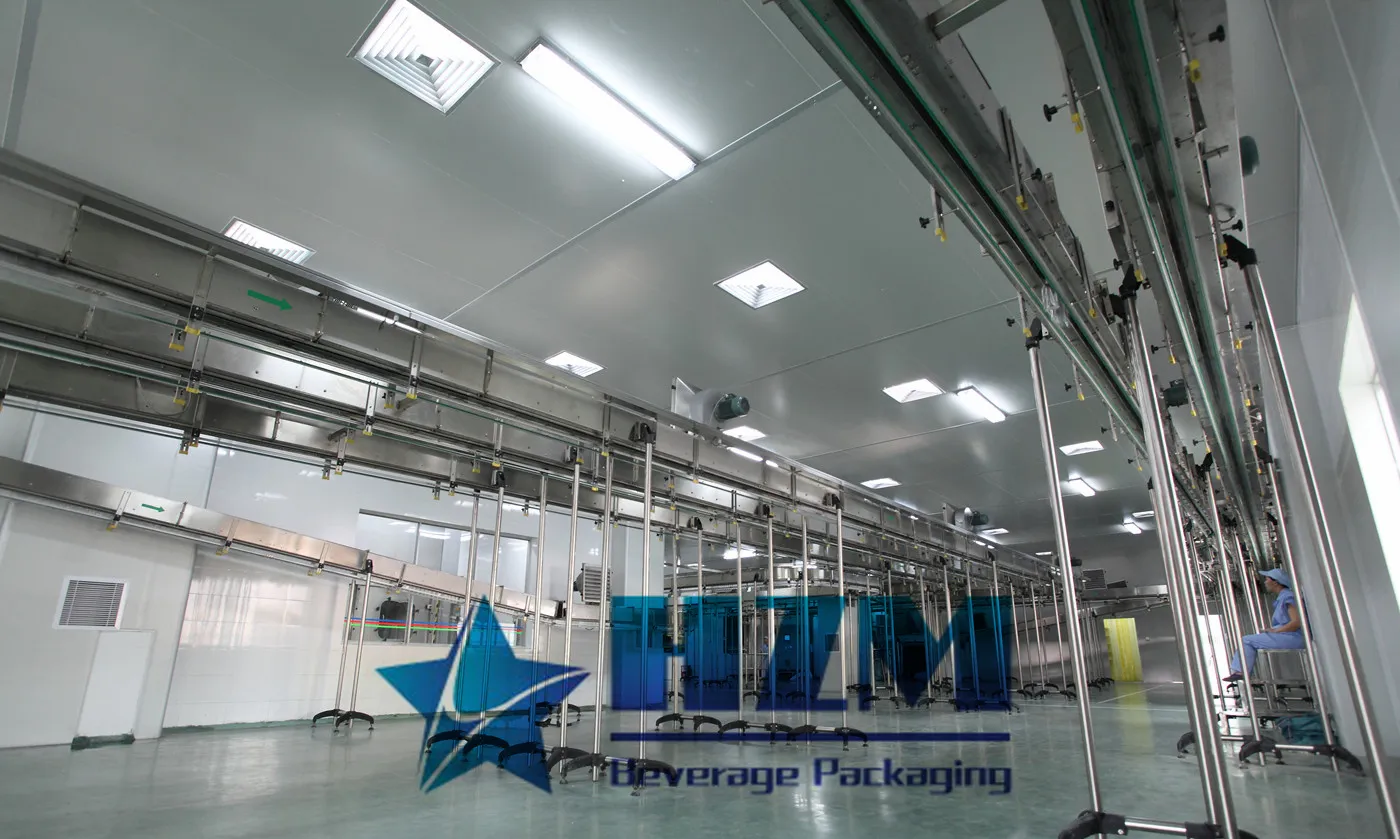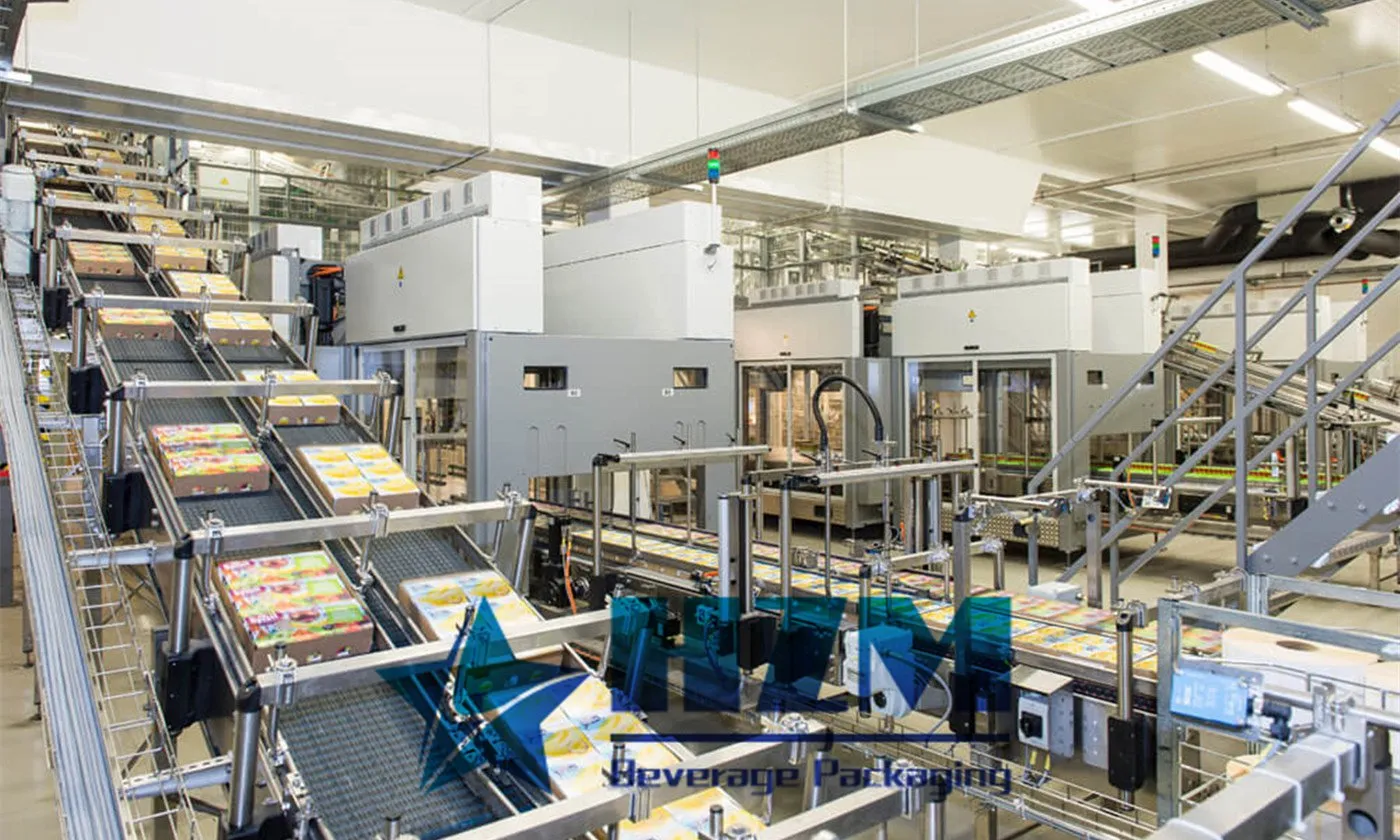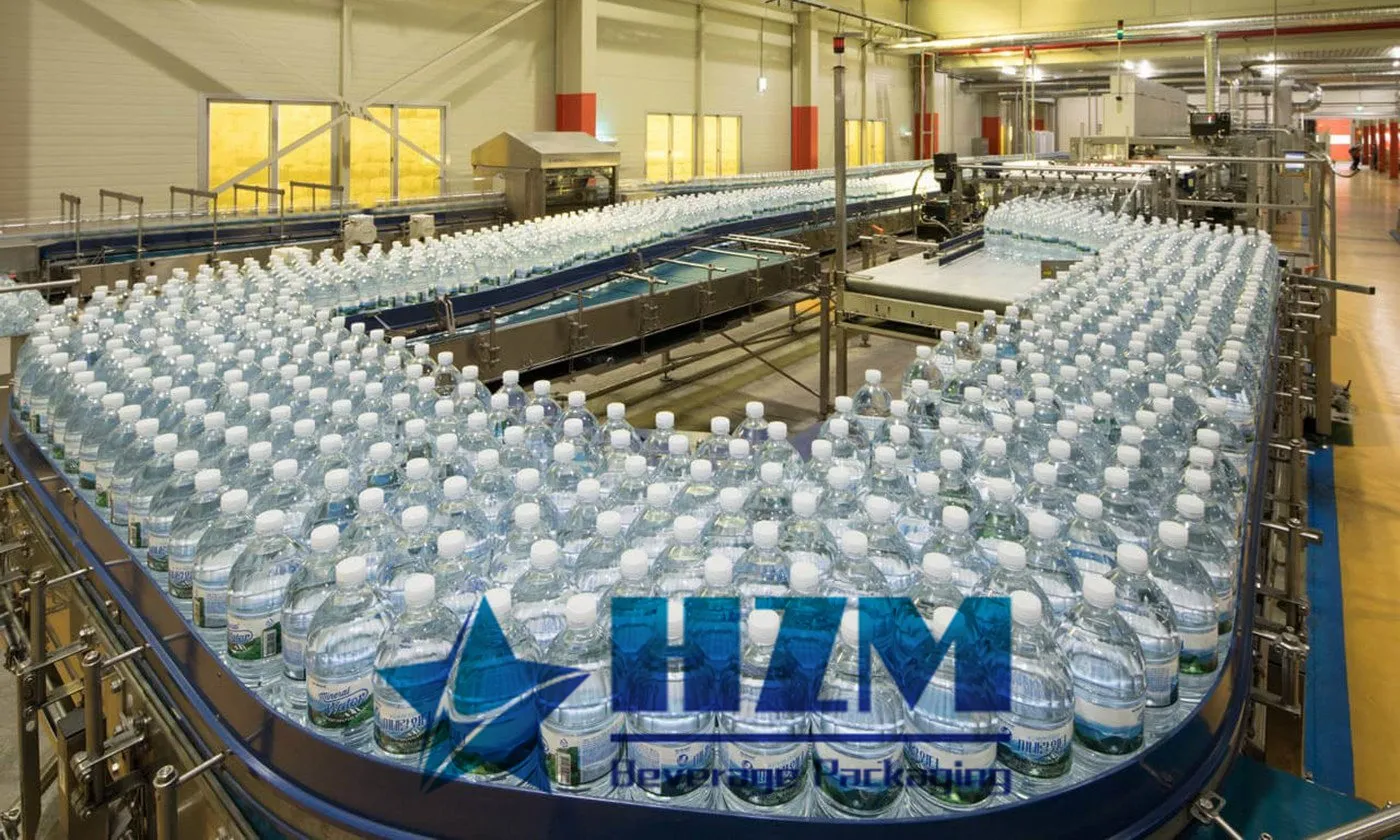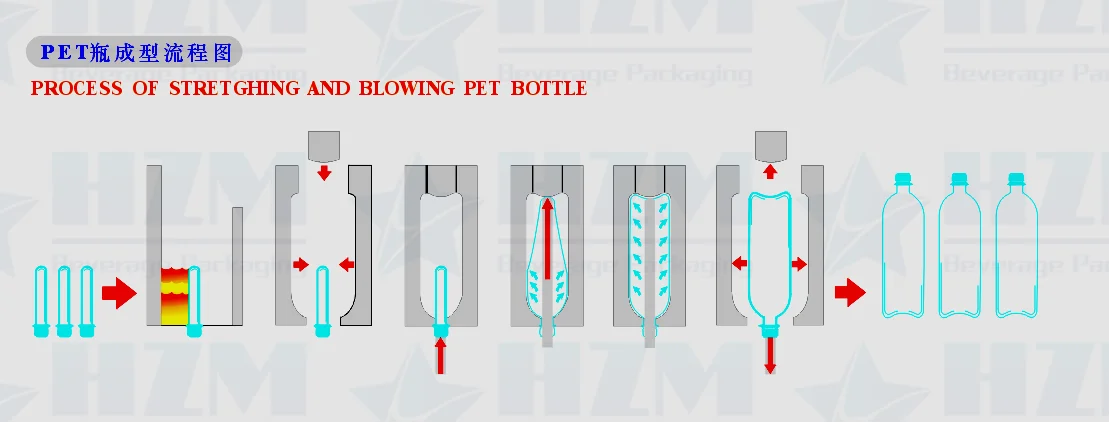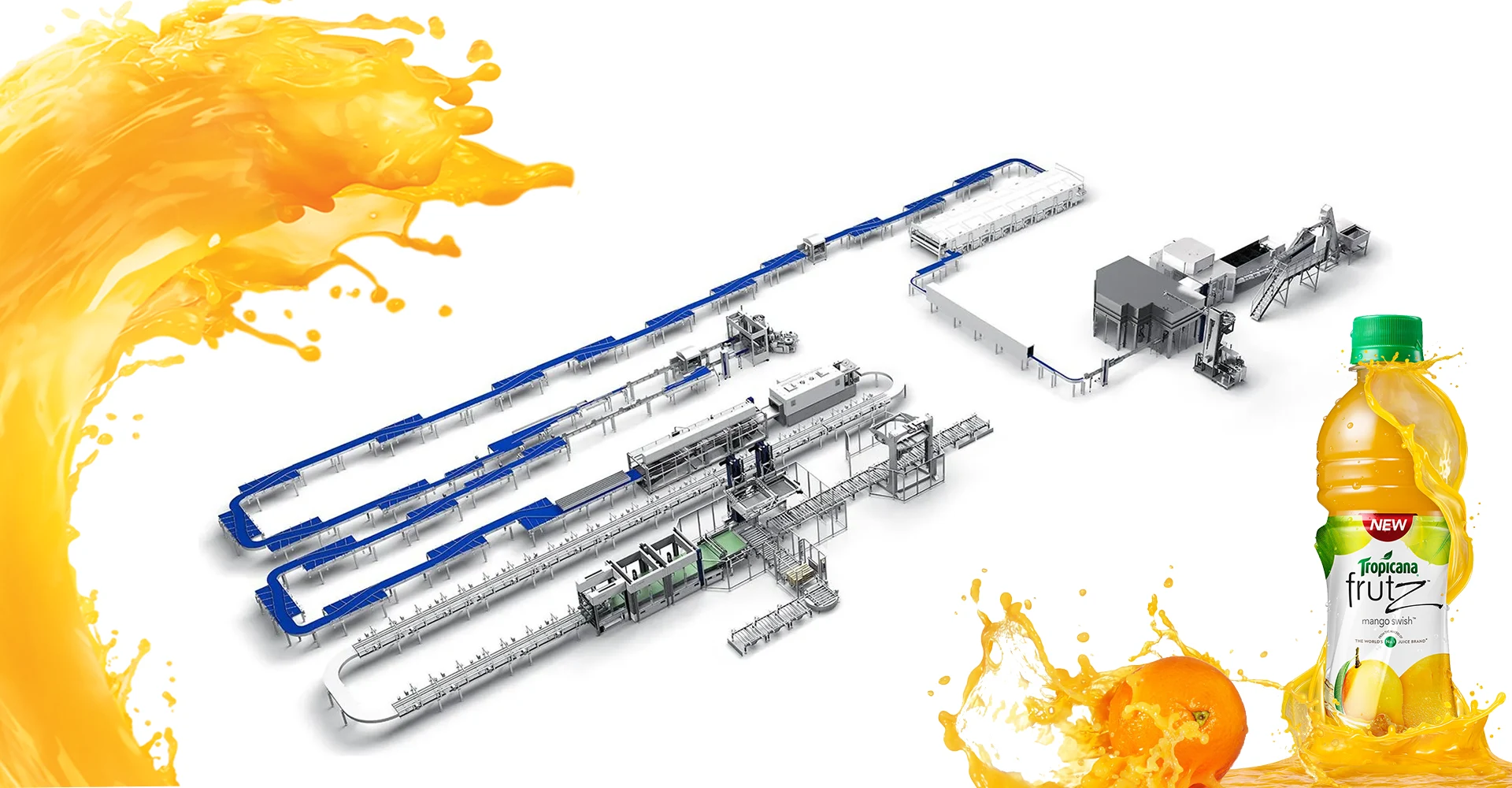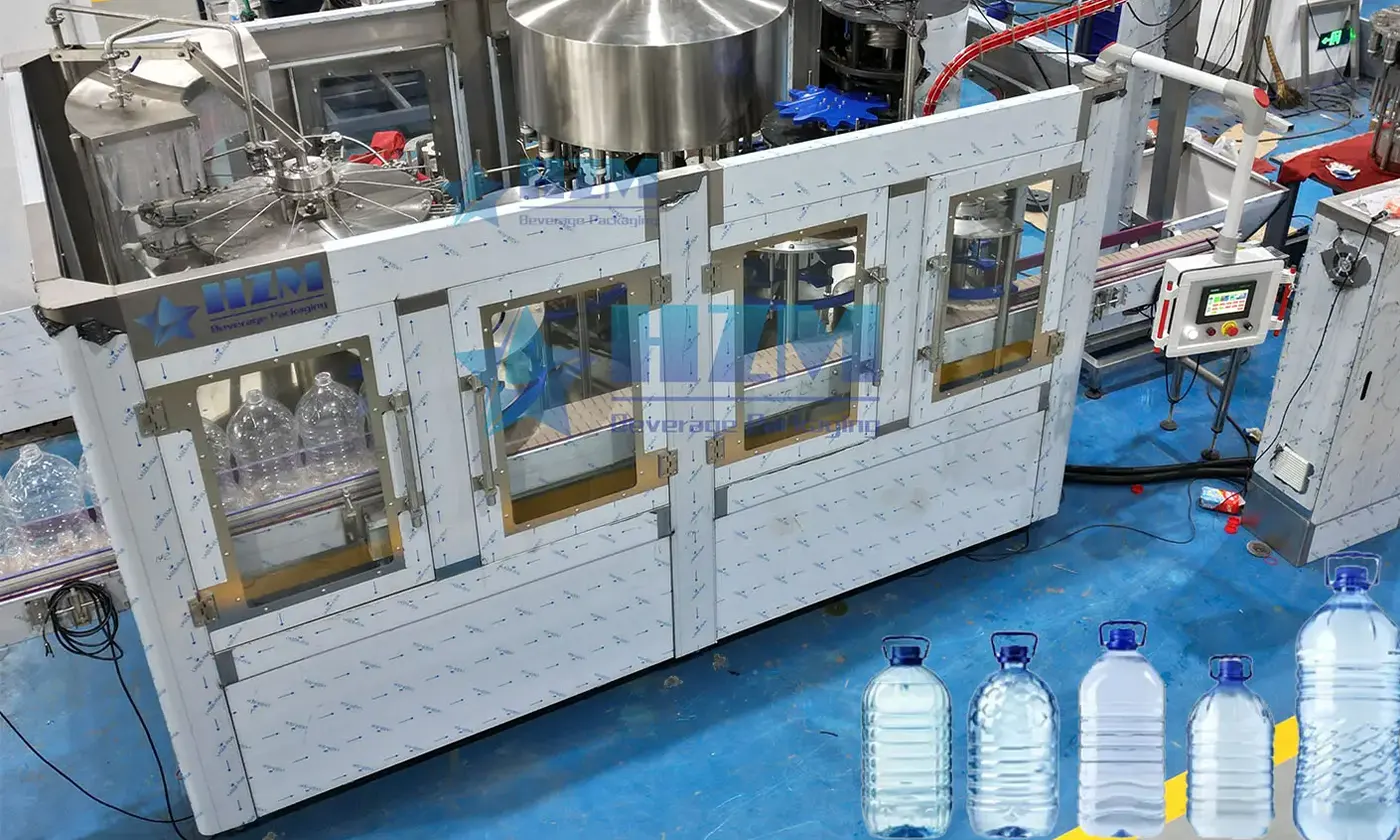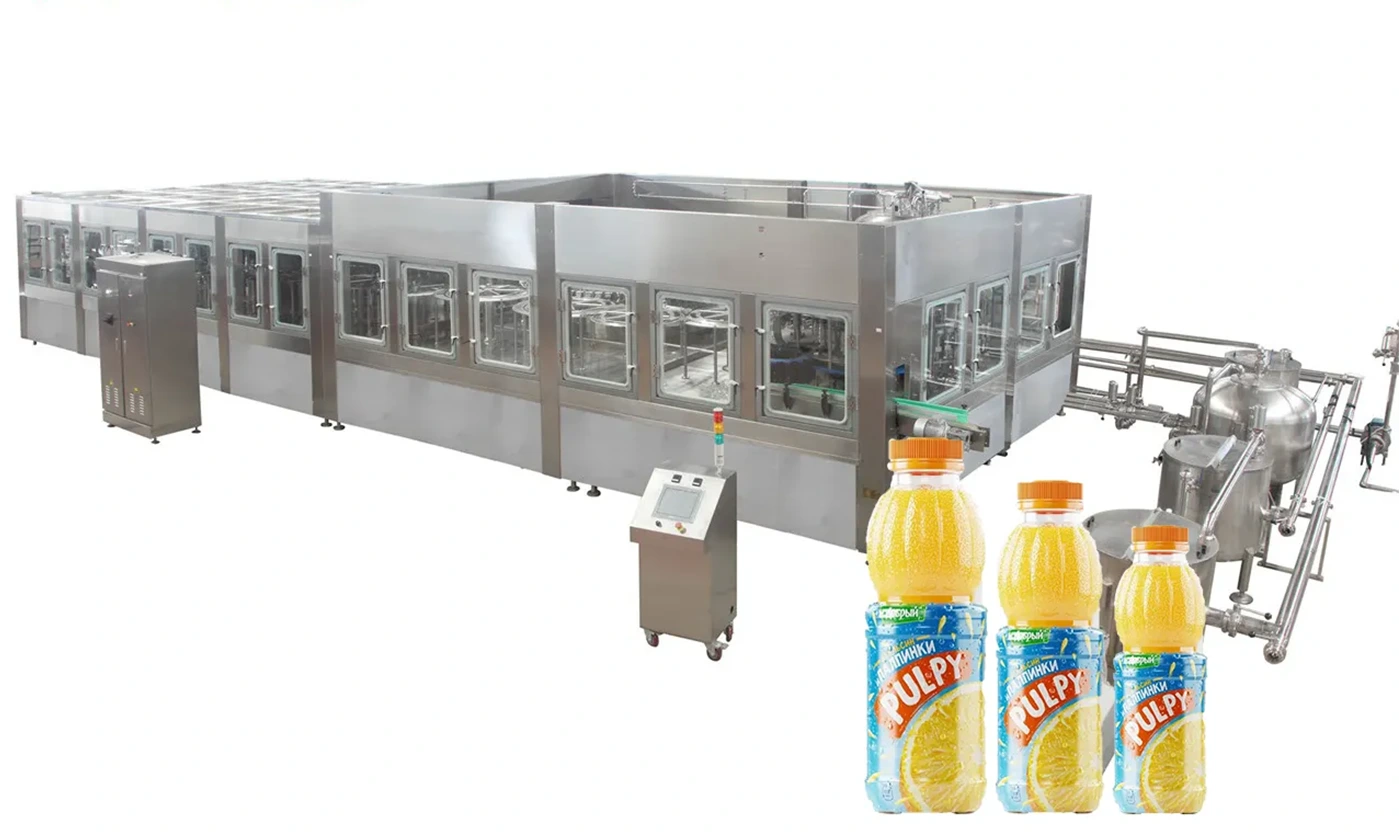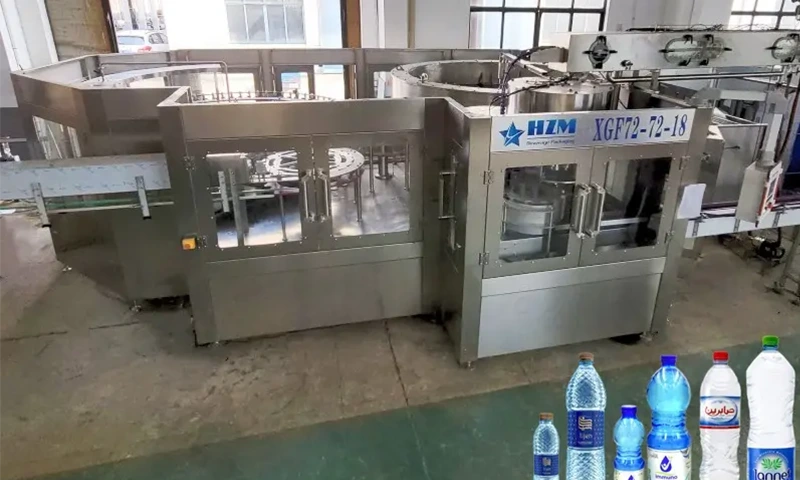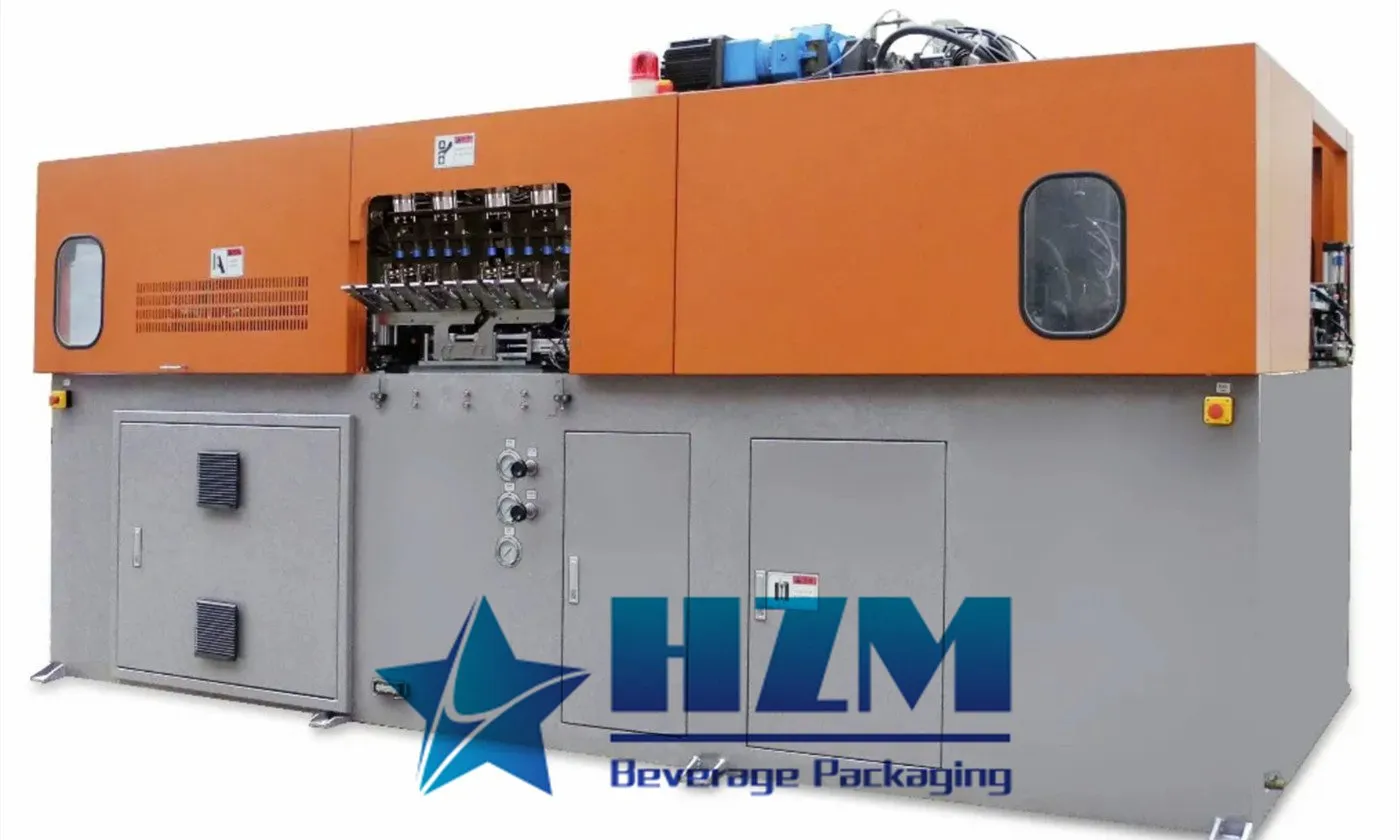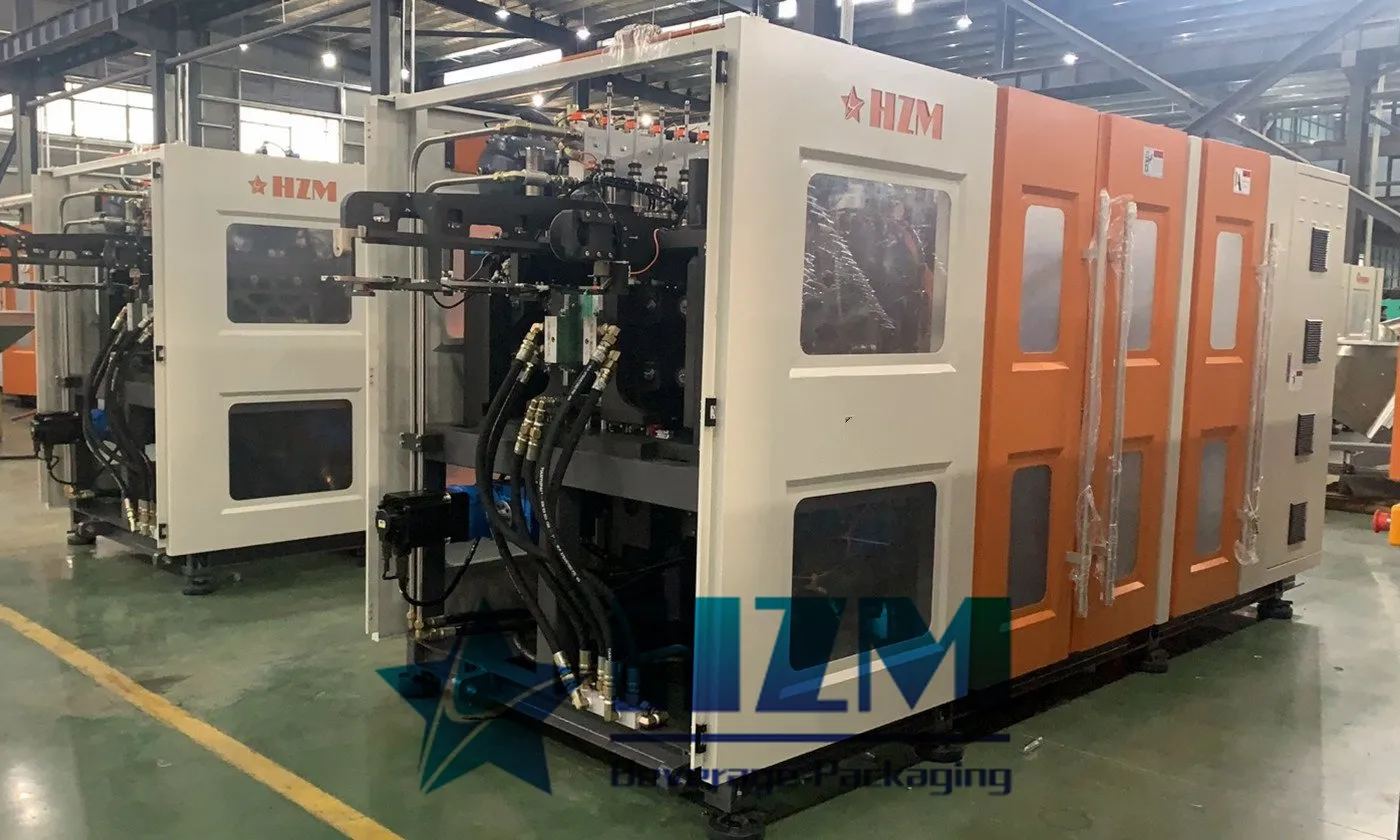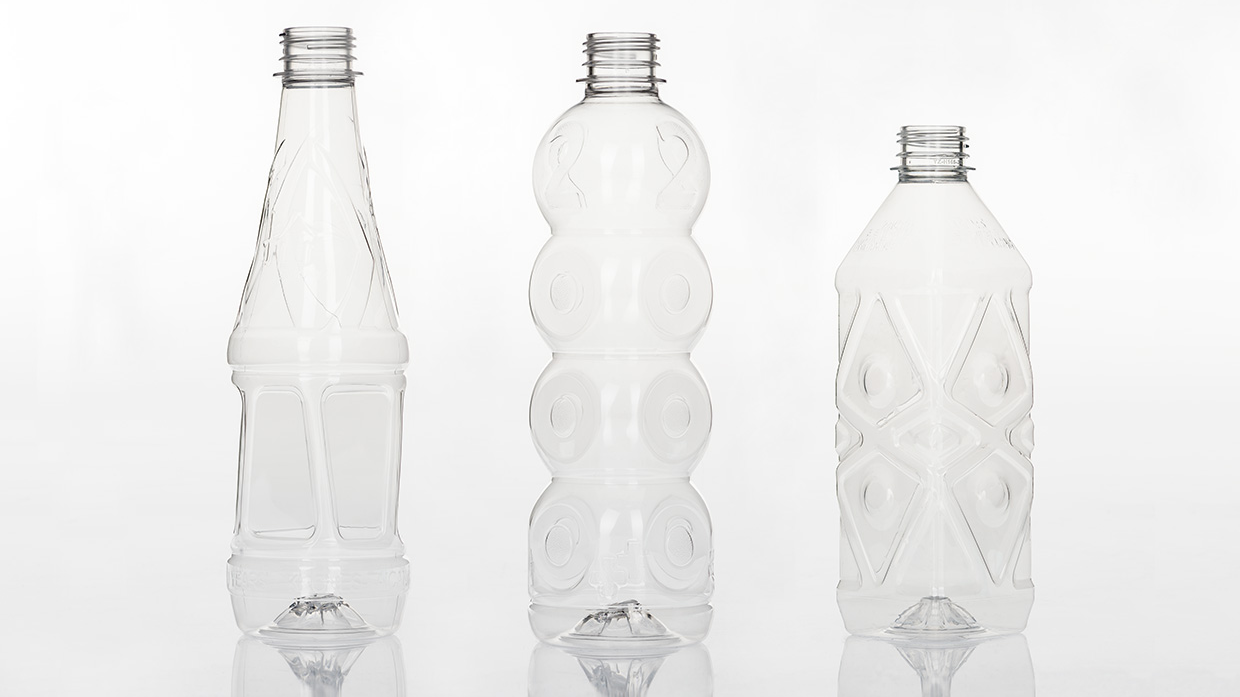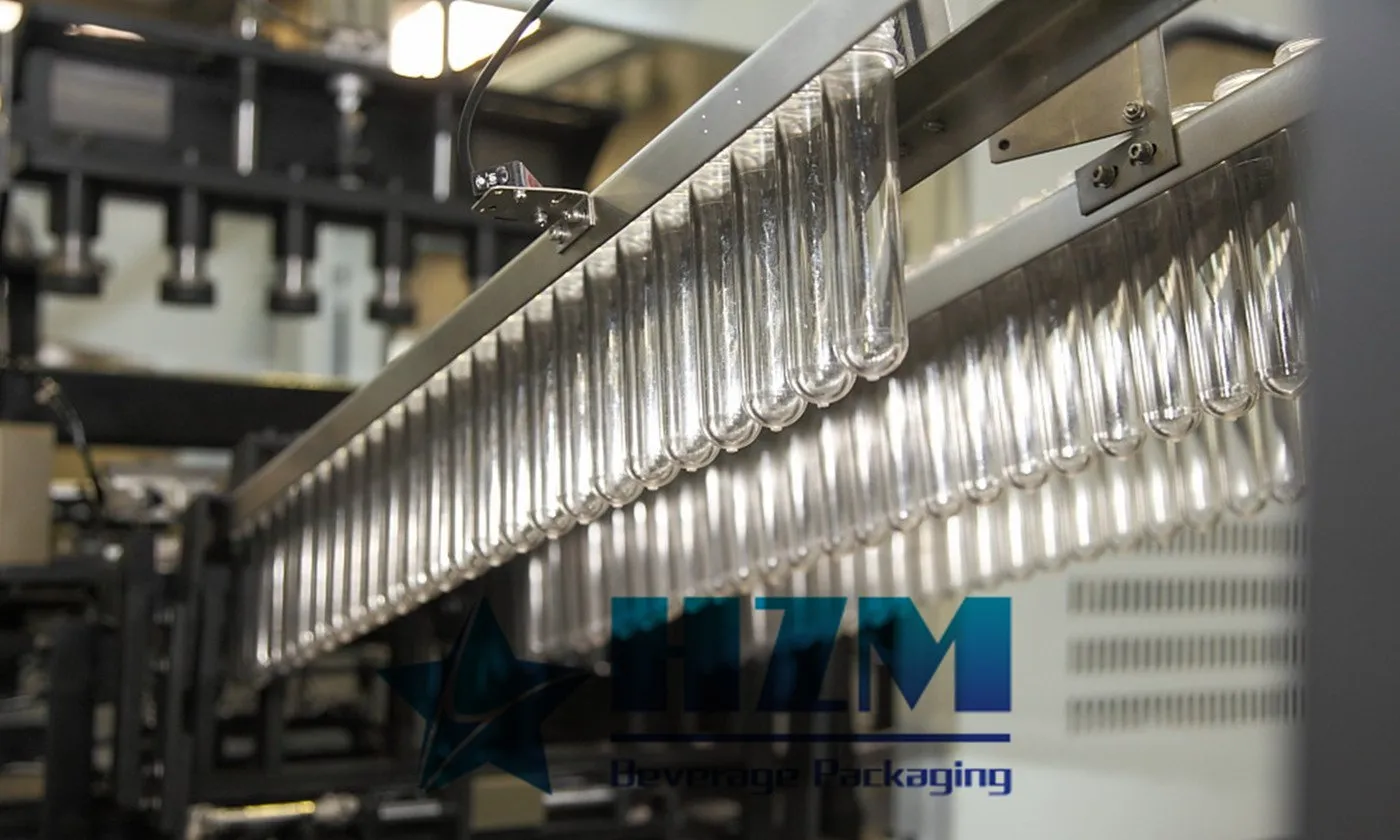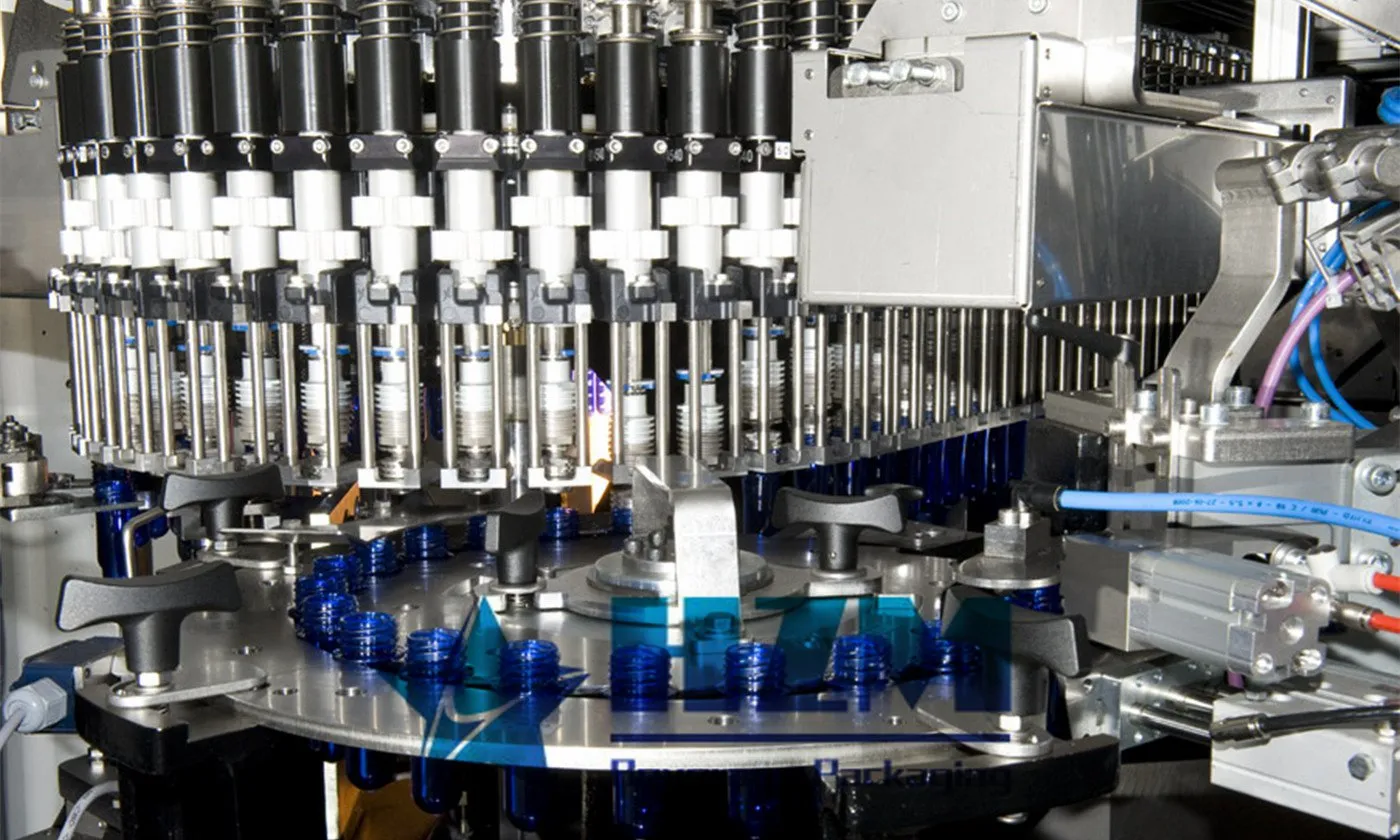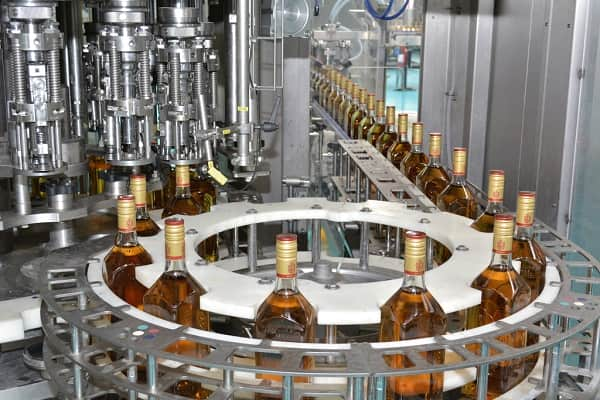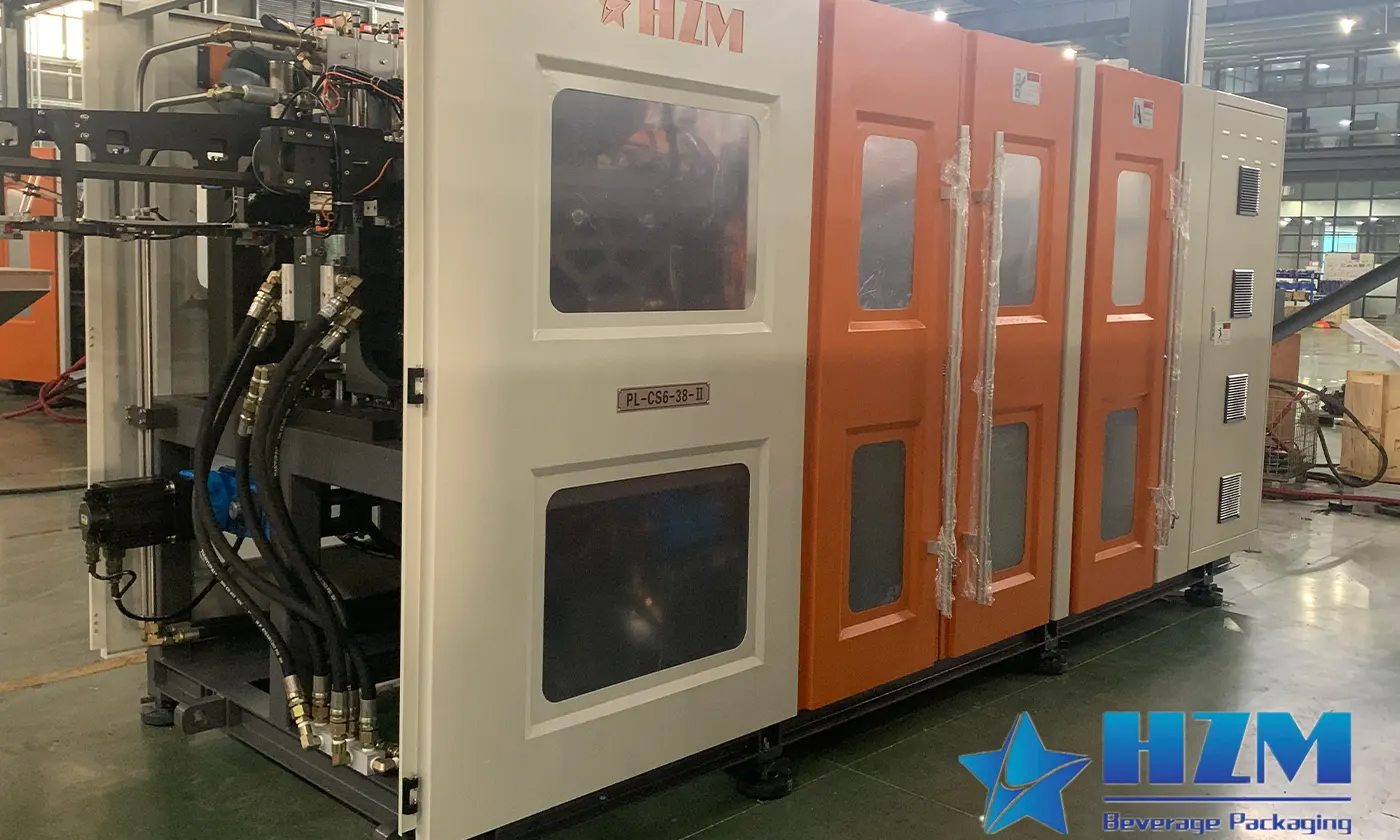PET Blow Molding Machine Principles and Process
TAG: Blow Molding Machine PET Blow Molding Machine
Update:2024-01-28
Author:HZM Machinery
Pageviews:811
PRODUCT
-
![Automatic PET Bottle Blowing Filling Capping Machine – Best price beverage machinery]() Automatic PET Bottle Blowing Filling Capping Machine – Best price beverage machinery
Automatic PET Bottle Blowing Filling Capping Machine – Best price beverage machinery -
![Drinking water production line – Bottled Water Filling Machine Manufacturer]() Drinking water production line – Bottled Water Filling Machine Manufacturer
Drinking water production line – Bottled Water Filling Machine Manufacturer -
![Beverage Filling Line – Juice, Water, Soft Drinks, cola, Beer]() Beverage Filling Line – Juice, Water, Soft Drinks, cola, Beer
Beverage Filling Line – Juice, Water, Soft Drinks, cola, Beer -
![Automatic Pure Water Bottling Filling Machine]() Automatic Pure Water Bottling Filling Machine
Automatic Pure Water Bottling Filling Machine -
![Fully Automatic Beverage Filling Machine]() Fully Automatic Beverage Filling Machine
Fully Automatic Beverage Filling Machine -
![3-In-1 Water Bottle Filling Machine]() 3-In-1 Water Bottle Filling Machine
3-In-1 Water Bottle Filling Machine -
![PET Bottle Blow Molding Machine]() PET Bottle Blow Molding Machine
PET Bottle Blow Molding Machine -
![Automatic PET Stretch Blow Molding Machine]() Automatic PET Stretch Blow Molding Machine
Automatic PET Stretch Blow Molding Machine -
![5 Gallon Bottle Blow Molding Machine]() 5 Gallon Bottle Blow Molding Machine
5 Gallon Bottle Blow Molding Machine -
![Automatic Oil Bottle Wide Neck PET Bottle Blowing Machine]() Automatic Oil Bottle Wide Neck PET Bottle Blowing Machine
Automatic Oil Bottle Wide Neck PET Bottle Blowing Machine -
![Full Electric Servo Type Blow Molding Machine]() Full Electric Servo Type Blow Molding Machine
Full Electric Servo Type Blow Molding Machine -
![Automatic Blow Molding Machine]() Automatic Blow Molding Machine
Automatic Blow Molding Machine
ARCTICLE
-
![Automatic PET Bottle Blowing Filling Capping Machine – Best price beverage machinery]() Automatic PET Bottle Blowing Filling Capping Machine – Best price beverage machineryOct , 24 /2025
Automatic PET Bottle Blowing Filling Capping Machine – Best price beverage machineryOct , 24 /2025 -
![Drinking water production line – Bottled Water Filling Machine Manufacturer]() Drinking water production line – Bottled Water Filling Machine ManufacturerSep , 11 /2025
Drinking water production line – Bottled Water Filling Machine ManufacturerSep , 11 /2025 -
![Beverage Filling Line – Juice, Water, Soft Drinks, cola, Beer]() Beverage Filling Line – Juice, Water, Soft Drinks, cola, BeerJul , 21 /2025
Beverage Filling Line – Juice, Water, Soft Drinks, cola, BeerJul , 21 /2025 -
![Automatic Pure Water Bottling Filling Machine]() Automatic Pure Water Bottling Filling MachineDec , 21 /2023
Automatic Pure Water Bottling Filling MachineDec , 21 /2023 -
![Fully Automatic Beverage Filling Machine]() Fully Automatic Beverage Filling MachineOct , 11 /2023
Fully Automatic Beverage Filling MachineOct , 11 /2023 -
![3-In-1 Water Bottle Filling Machine]() 3-In-1 Water Bottle Filling MachineOct , 10 /2023
3-In-1 Water Bottle Filling MachineOct , 10 /2023 -
![Successful Delivery of New Blow Molding Machine to Indonesian Customer]() Successful Delivery of New Blow Molding Machine to Indonesian CustomerMar , 24 /2023
Successful Delivery of New Blow Molding Machine to Indonesian CustomerMar , 24 /2023 -
![The Edible Oil Bottle Blowing Machine: Unveiling Efficiency and Precision]() The Edible Oil Bottle Blowing Machine: Unveiling Efficiency and PrecisionMay , 12 /2023
The Edible Oil Bottle Blowing Machine: Unveiling Efficiency and PrecisionMay , 12 /2023 -
![Automatic Rotary Blow Molding Machine: Features, Applications, and Maintenance]() Automatic Rotary Blow Molding Machine: Features, Applications, and MaintenanceMay , 12 /2023
Automatic Rotary Blow Molding Machine: Features, Applications, and MaintenanceMay , 12 /2023 -
![Maintenance and Care of 5 Gallon Bottle Blow Molding Machine]() Maintenance and Care of 5 Gallon Bottle Blow Molding MachineJun , 06 /2023
Maintenance and Care of 5 Gallon Bottle Blow Molding MachineJun , 06 /2023 -
![Comparison of PET Blow Molding Machine Brands: Why HZM Machinery Stands Out?]() Comparison of PET Blow Molding Machine Brands: Why HZM Machinery Stands Out?Jan , 02 /2024
Comparison of PET Blow Molding Machine Brands: Why HZM Machinery Stands Out?Jan , 02 /2024 -
![semi automatic bottle pet blow molding machine 20 ltr]() semi automatic bottle pet blow molding machine 20 ltrJan , 02 /2024
semi automatic bottle pet blow molding machine 20 ltrJan , 02 /2024 -
![Analysis of Market Demand in the Fully Automatic Blow Molding Machine Industry]() Analysis of Market Demand in the Fully Automatic Blow Molding Machine IndustryJan , 09 /2024
Analysis of Market Demand in the Fully Automatic Blow Molding Machine IndustryJan , 09 /2024 -
![Essential Maintenance Tips for Your Fully Automatic Blow Molding Machine]() Essential Maintenance Tips for Your Fully Automatic Blow Molding MachineJan , 15 /2024
Essential Maintenance Tips for Your Fully Automatic Blow Molding MachineJan , 15 /2024


